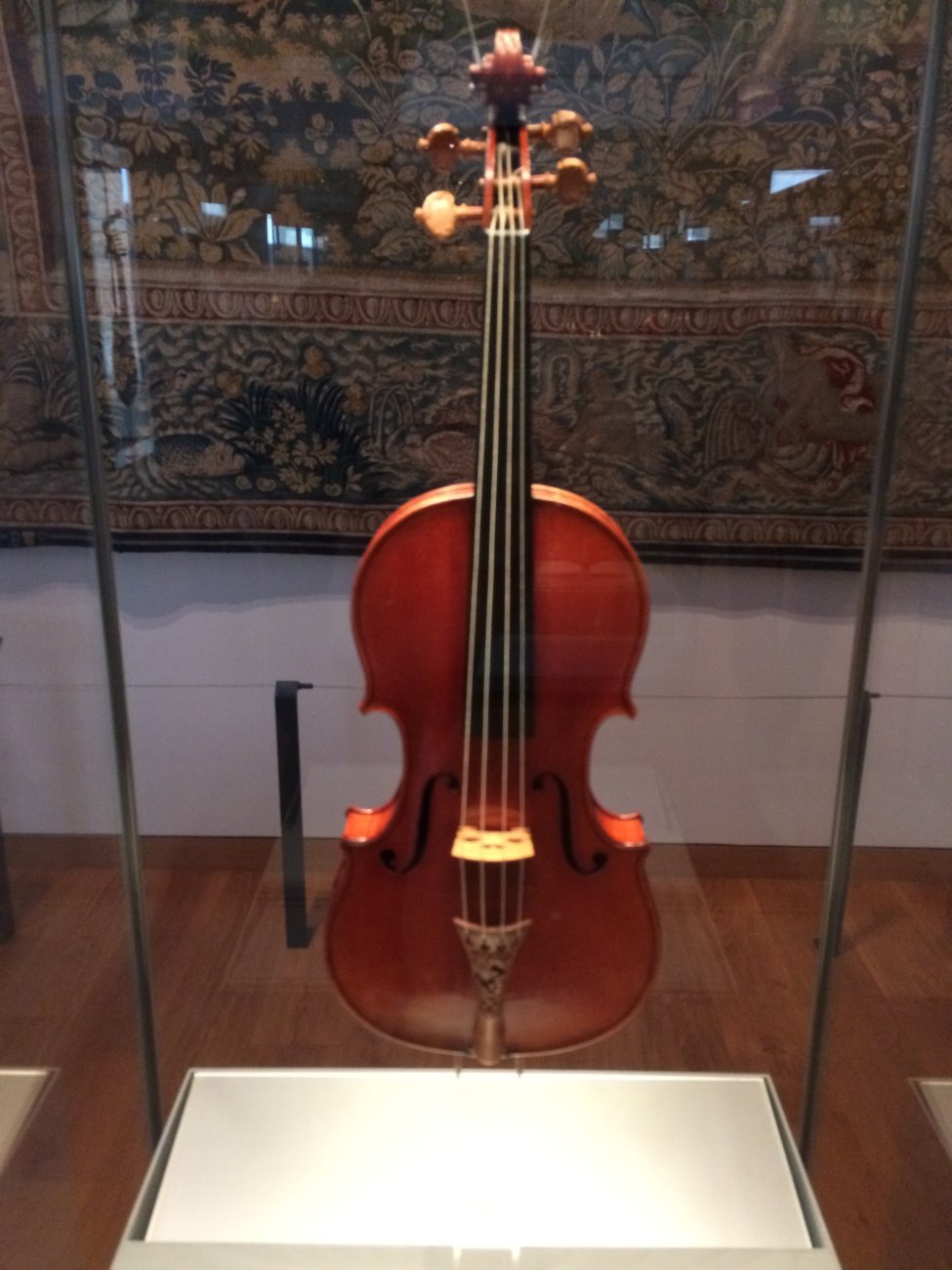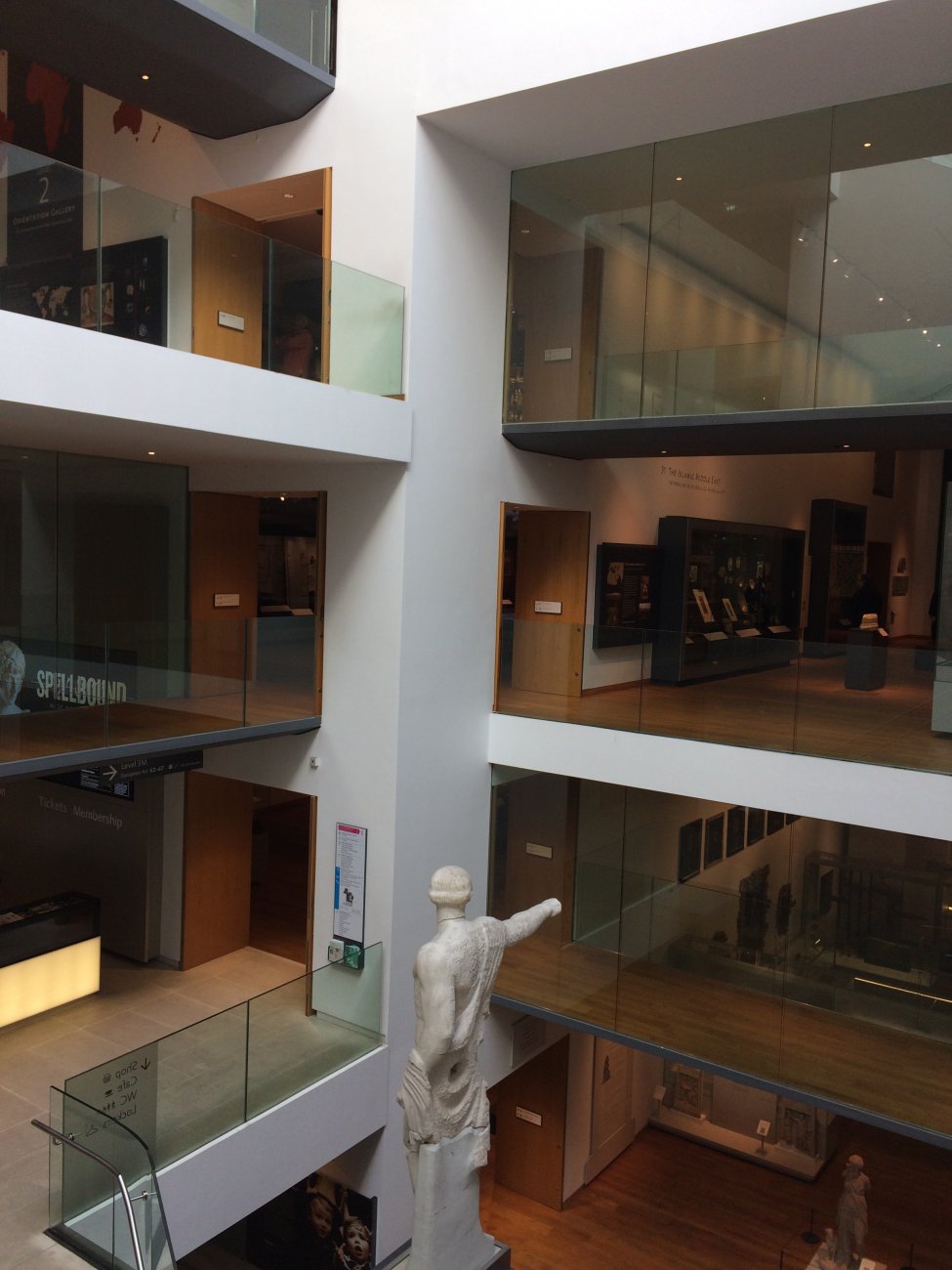England - September 2018 - Oxford
Leaving Blenheim, we headed for Oxford, England's other great university town, only a 30 minute drive away. We checked into our B&B which was on the outskirts of town but had its own parking, which is key.
Oxford is the oldest university in the English-speaking world, founded in the 12th century. Like Cambridge, the University of Oxford is made up of multiple Colleges.
The next morning we took a shuttle bus from our B&B into Oxford town. We started off by following the "Oxford Walk" in the Rick Steves book.
Here we are looking through the main entrance of a college at its grass courtyard.
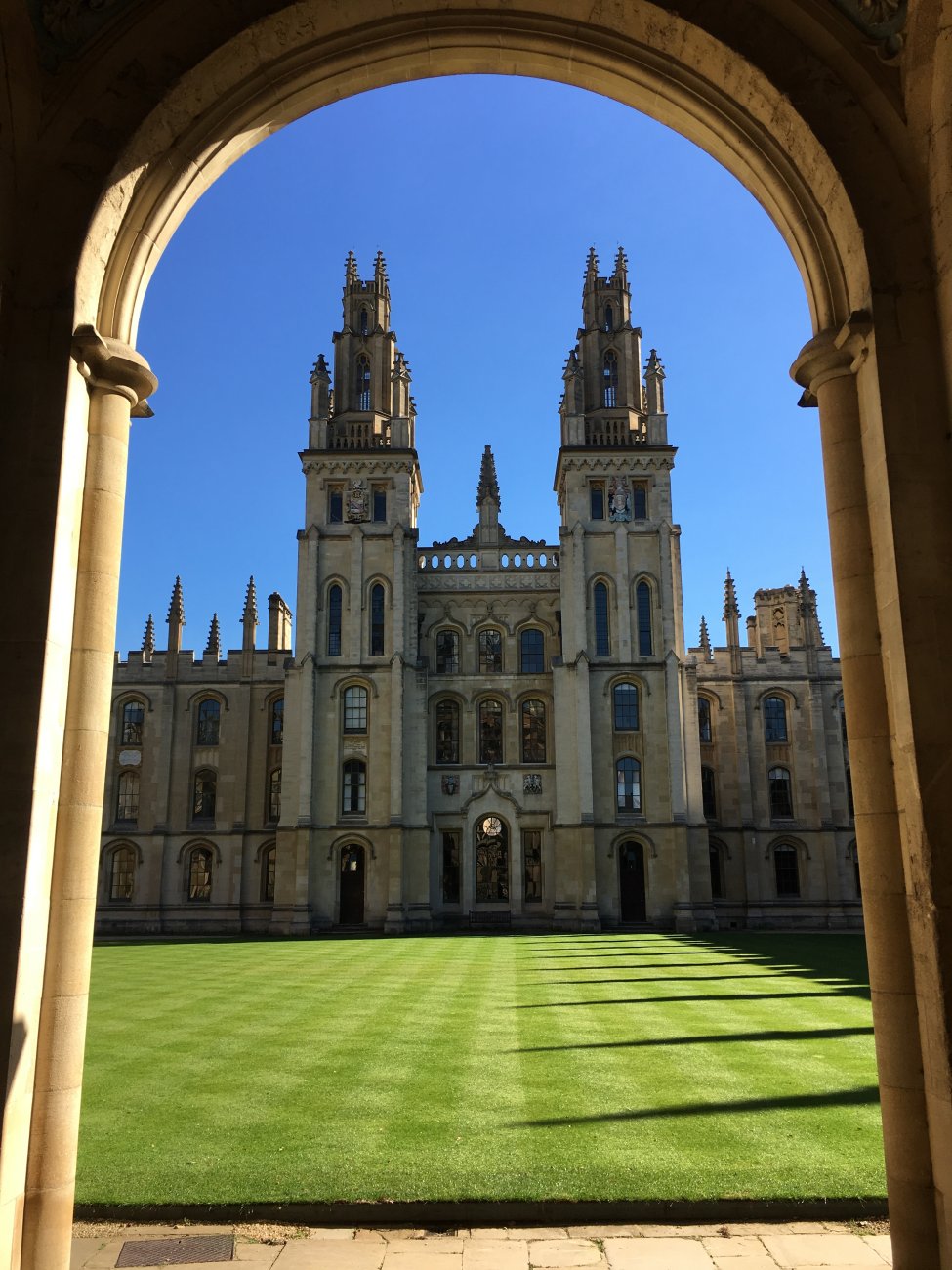
Walking down Broad street, we stopped in at Blackwell's Bookstore, which may not look like much, but is huge with at least three floors. It's been around a long time, founded in 1879.
Although the bookstore was great, I was disappointed with its content. I don't think I saw a single conservative book. And not a single book by Paul Johnson, the great British historian? That's simply outrageous. But, of course, there were plenty of liberal books all over the place. Bob Woodward's recent trash book was displayed prominently. They did have Max Hasting's -- another great British historian -- new book Vietnam: an epic tragedy -- on hand but it is apolitical.
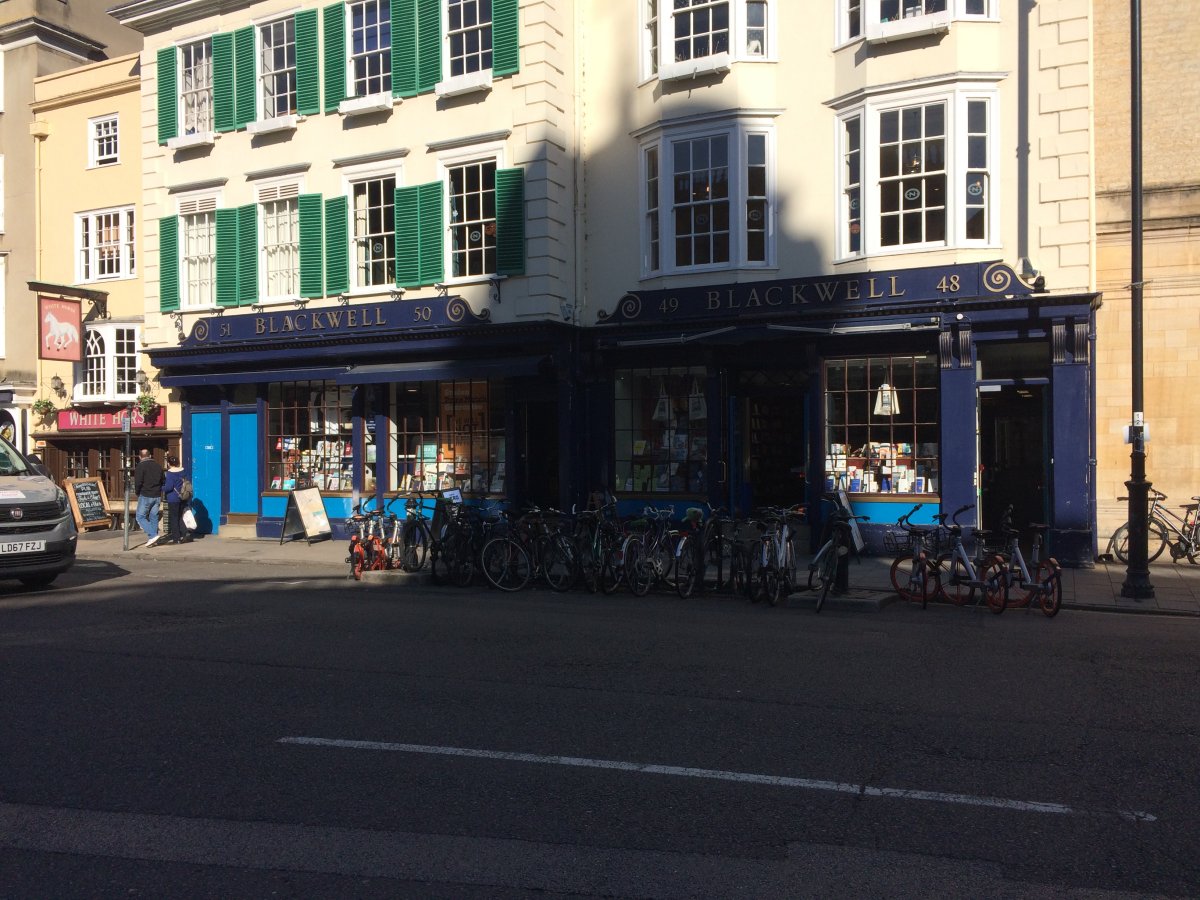
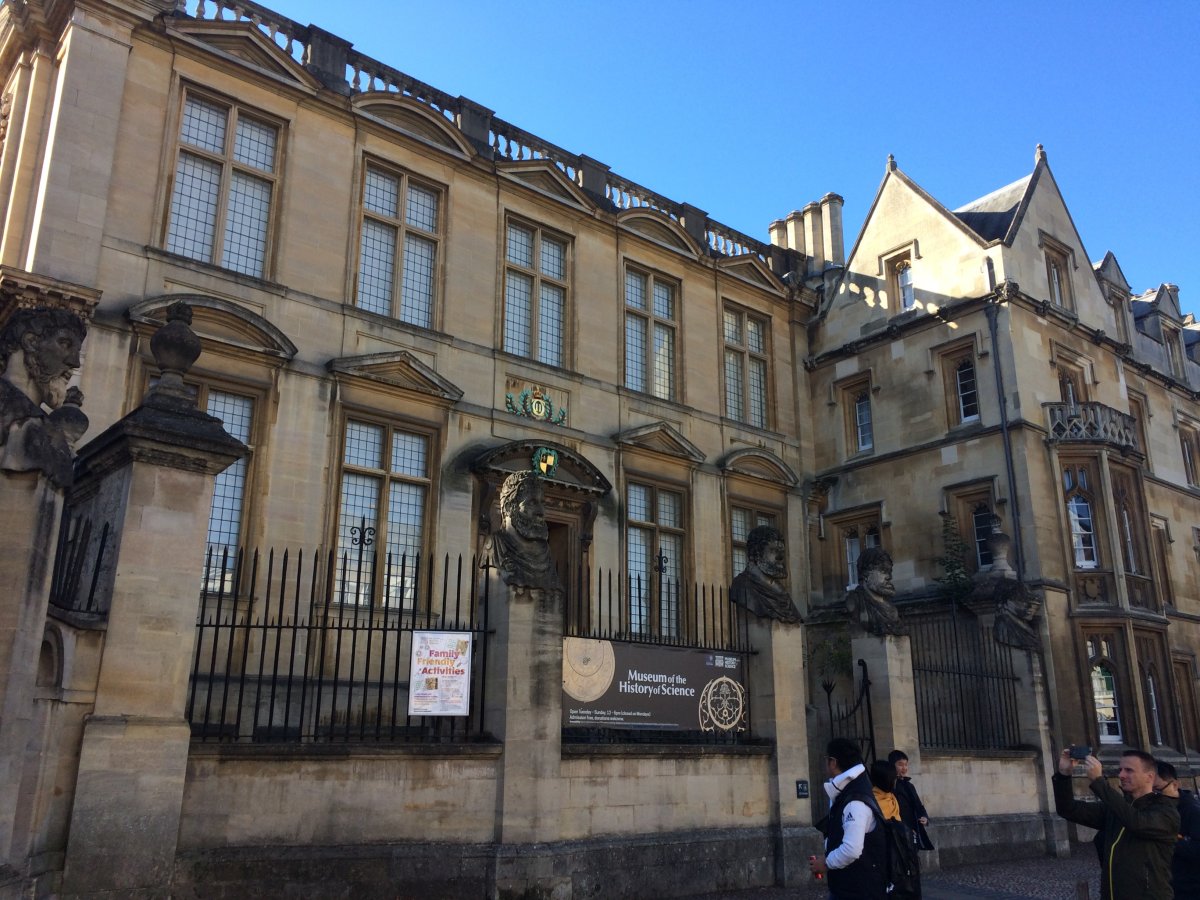
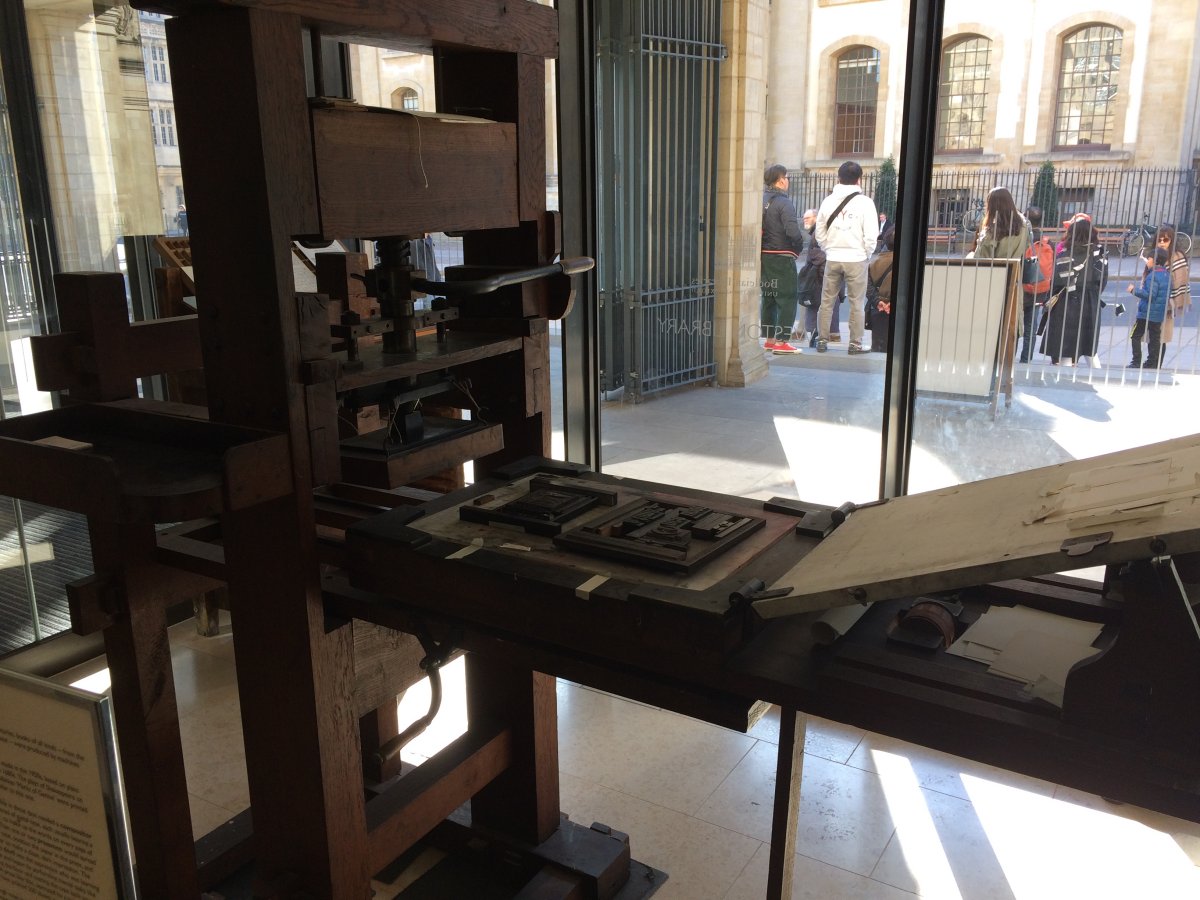
Crossing Broad Street again, we entered the Bodleian Library courtyard called the Old School Quad.
Although we didn't see the inside, the Bodleian Library is sort of like our Library of Congress. It has 11 million books and more than 100 miles of shelving. It is one of six "legal deposit" libraries in the UK -- it must receive a copy of everybook printed in the nation.
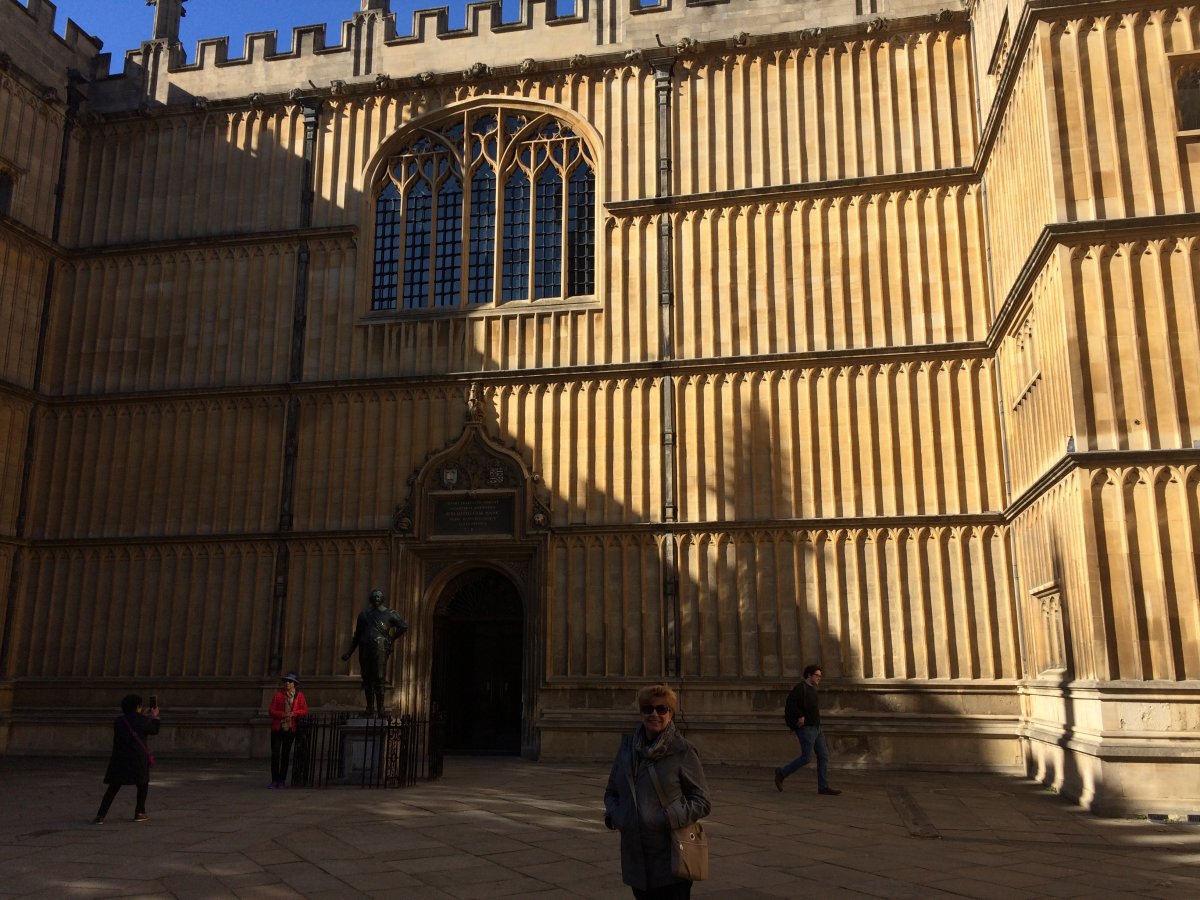
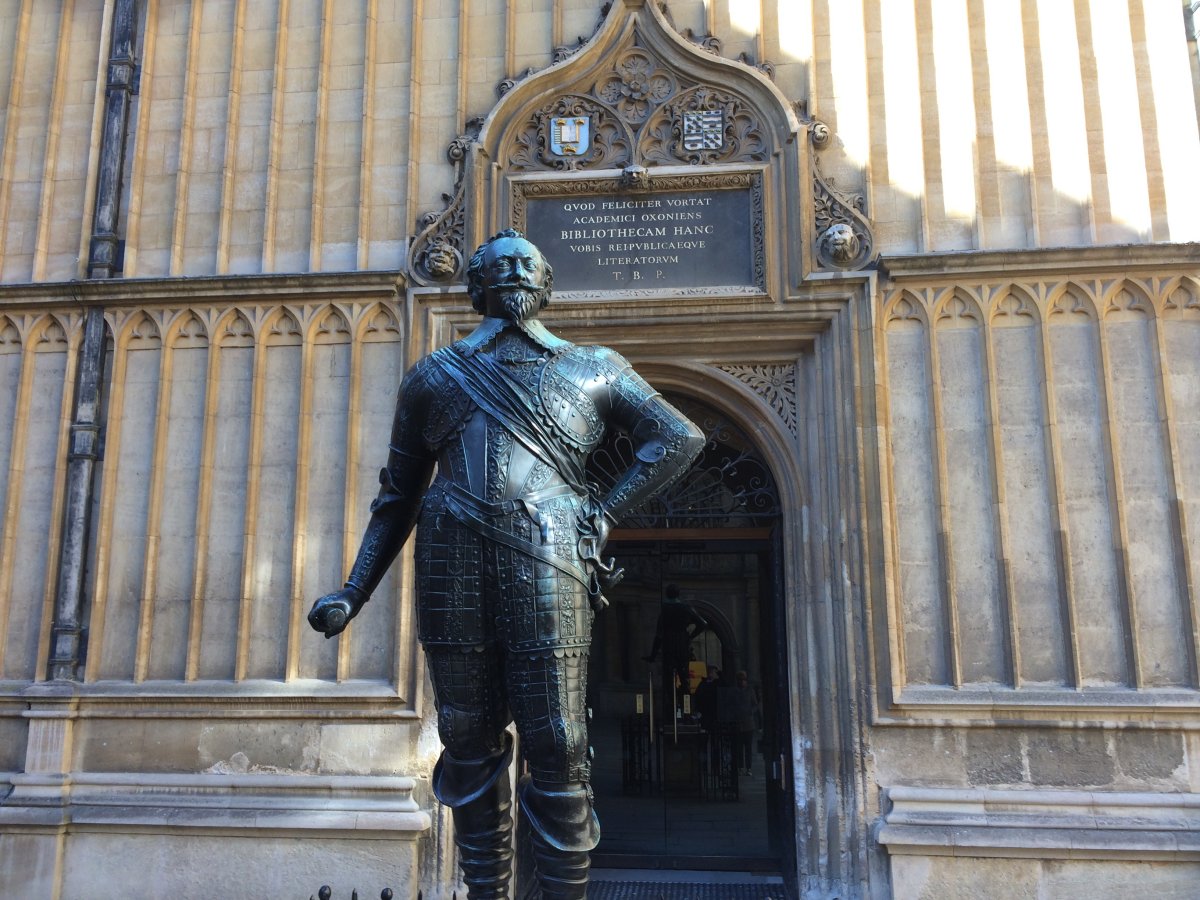
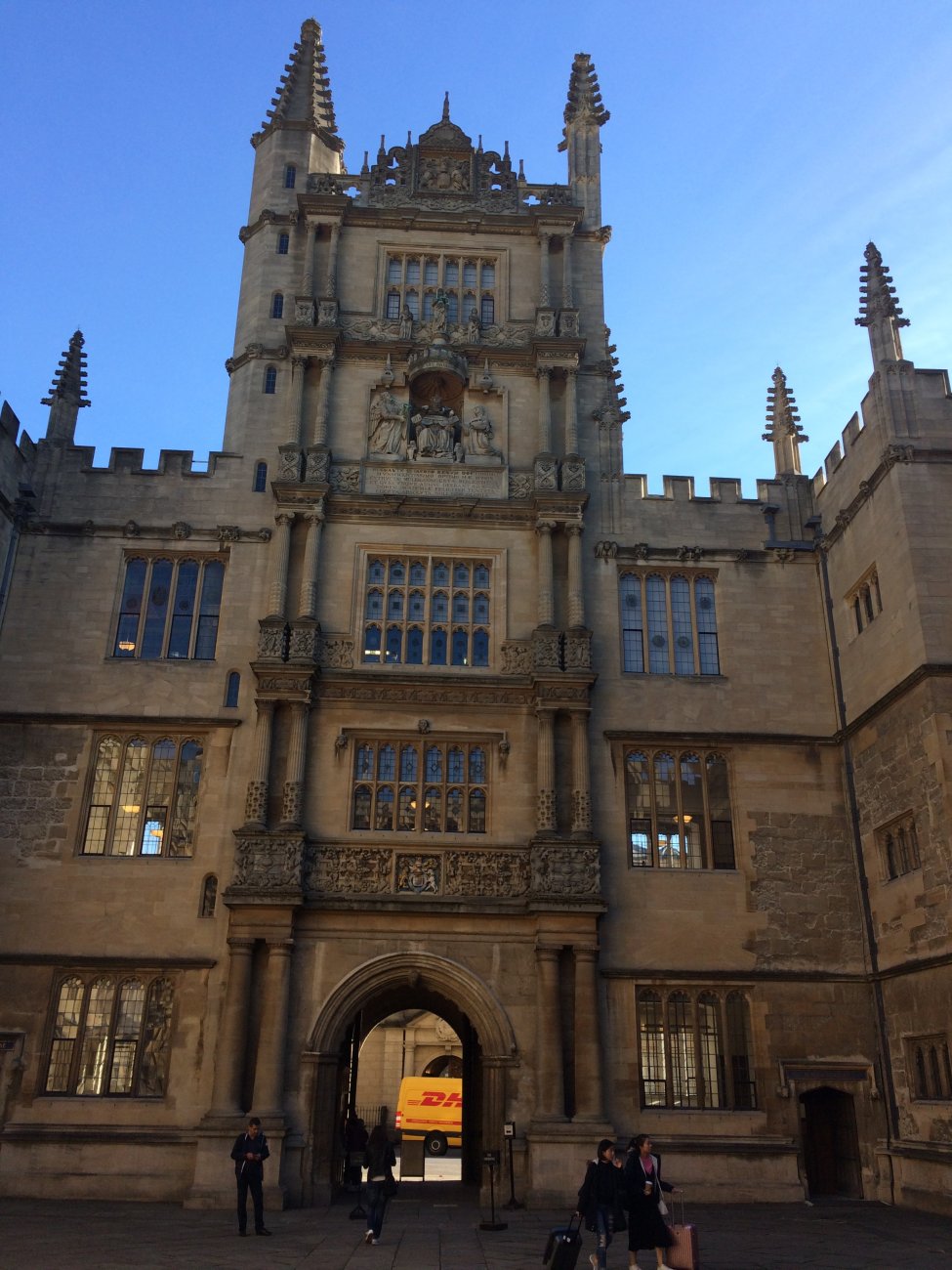
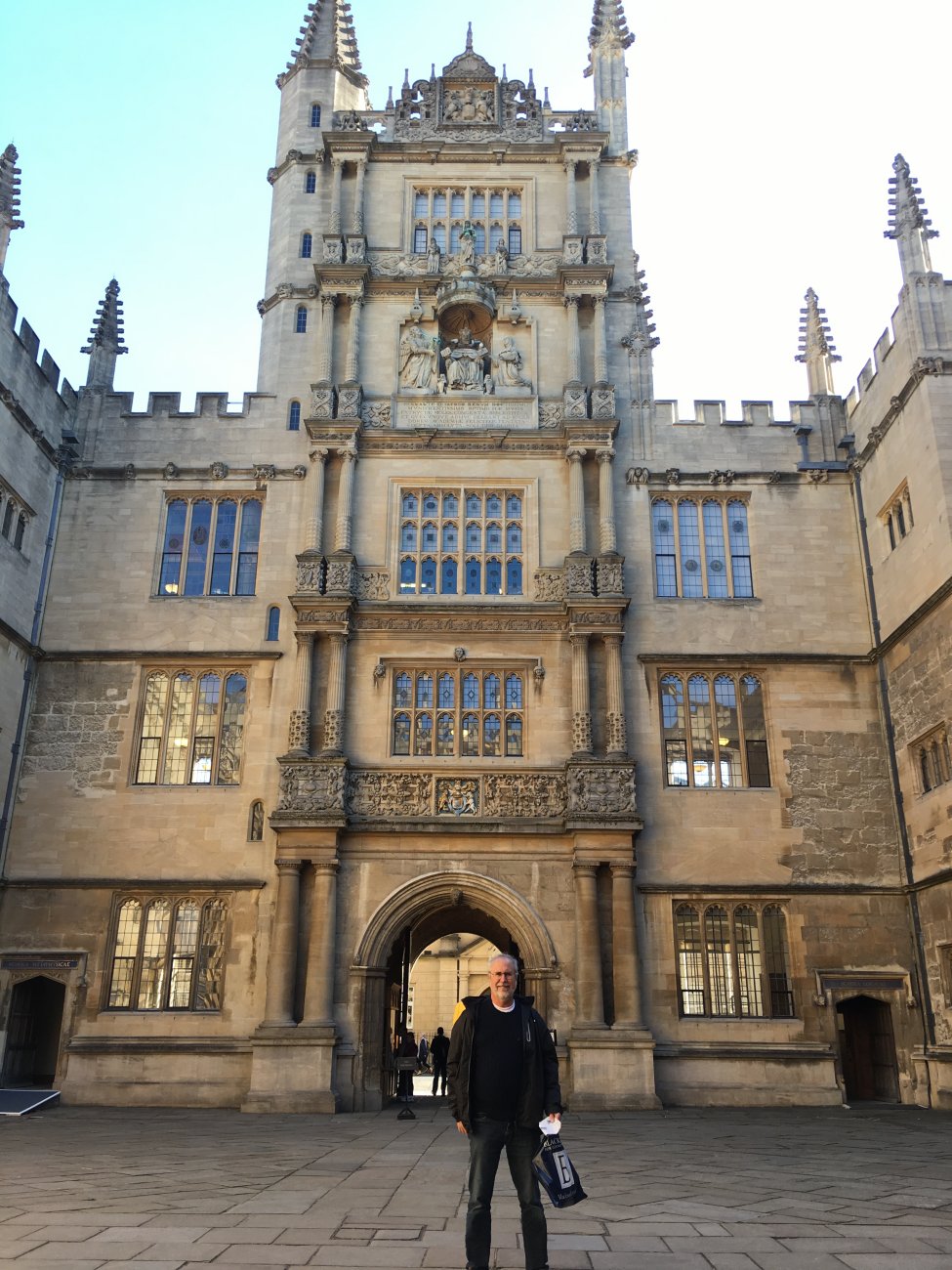

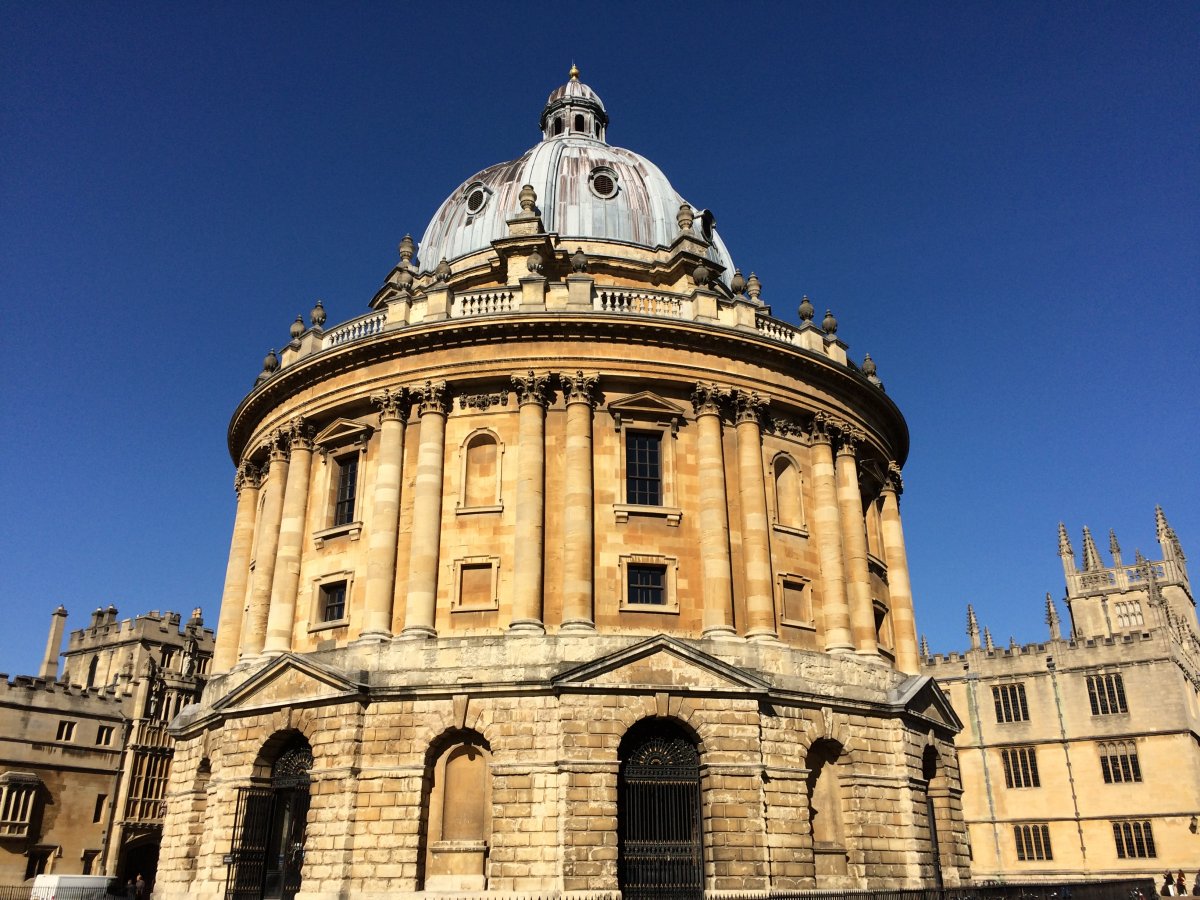
On one side of Radliffe Square is the Church of St. Mary the Virgin. Also called the University Church, it's older than the university and was the center of the original walled town.
The reformer John Wesley, who founded the Methodist Church, preached here.
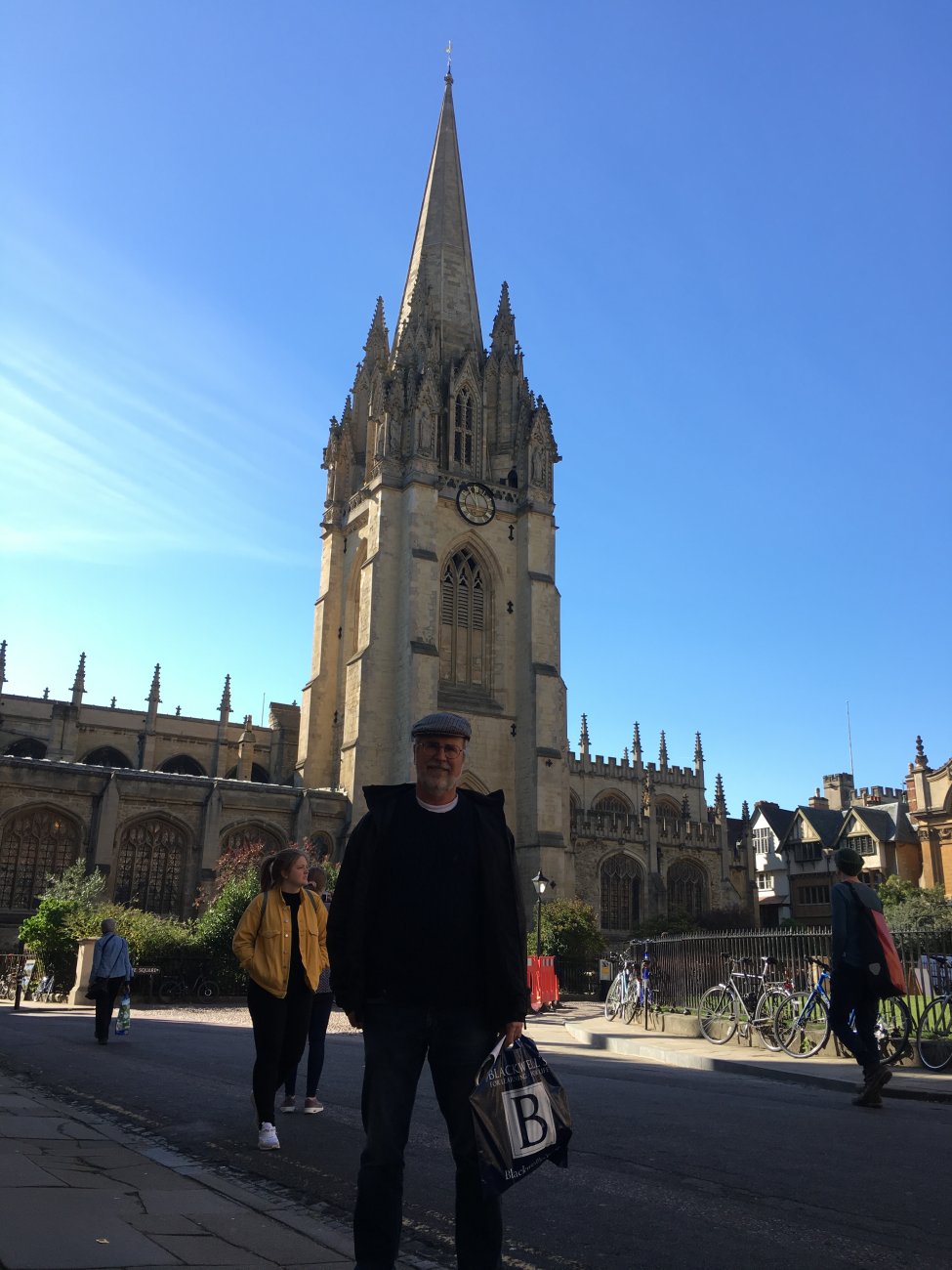
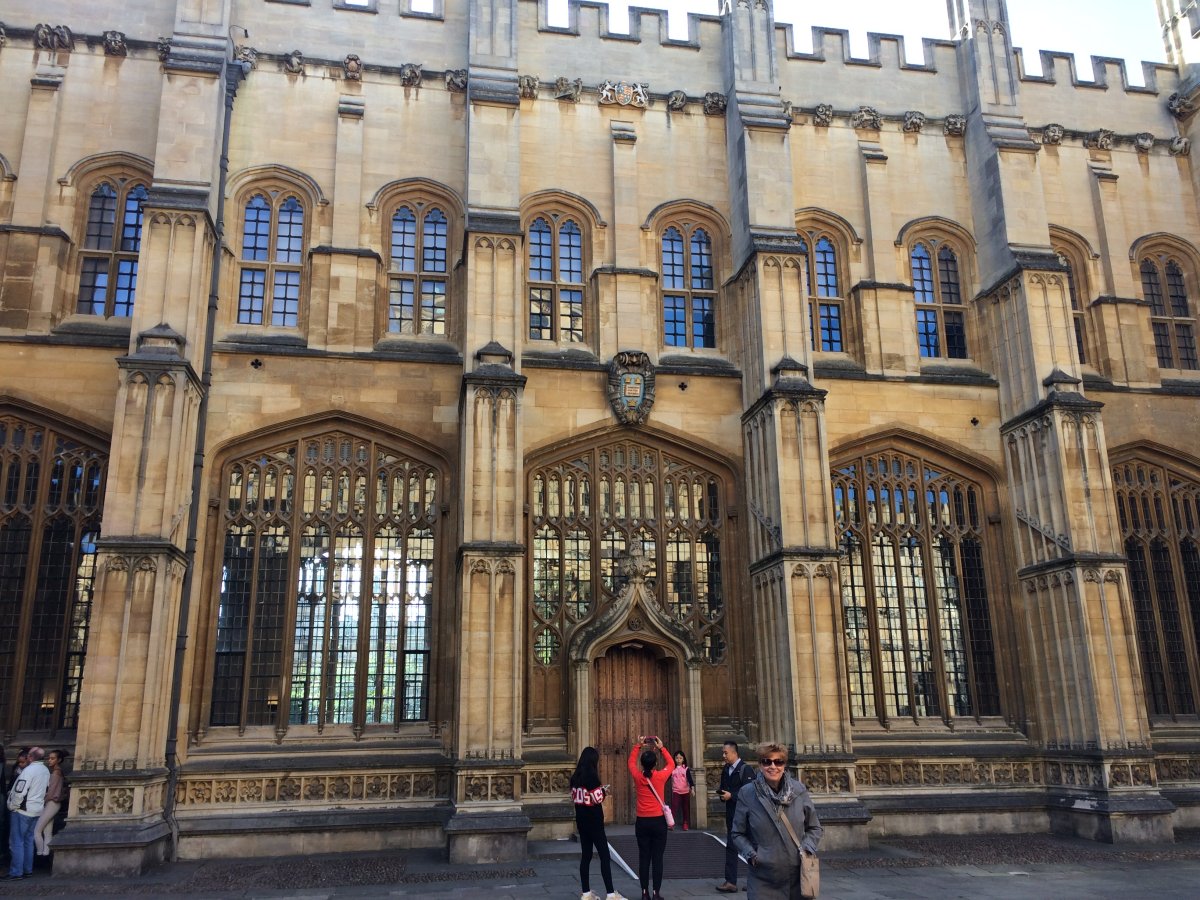
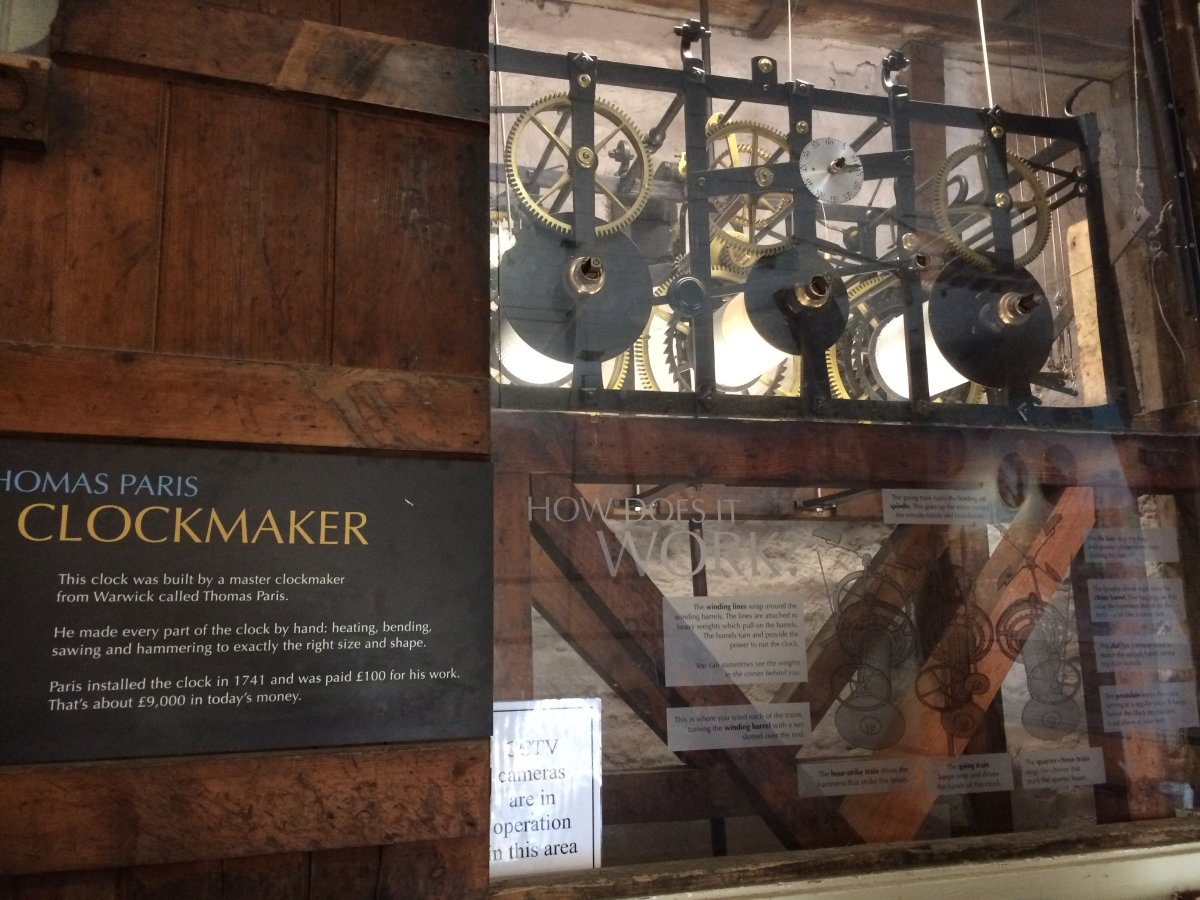
A great shot of All Souls College from the Church of St. Mary's tower.
All Souls College is named for the dead of the Hundred Years War that England fought with France in the 14th and 15th centuries. Famous alums include Lawrence of Arabia and Christopher Wren (true rennaissance man and cathedral/church architect). The twin spires look like Westminister Abbey, not surprising because they were designed by the same man.
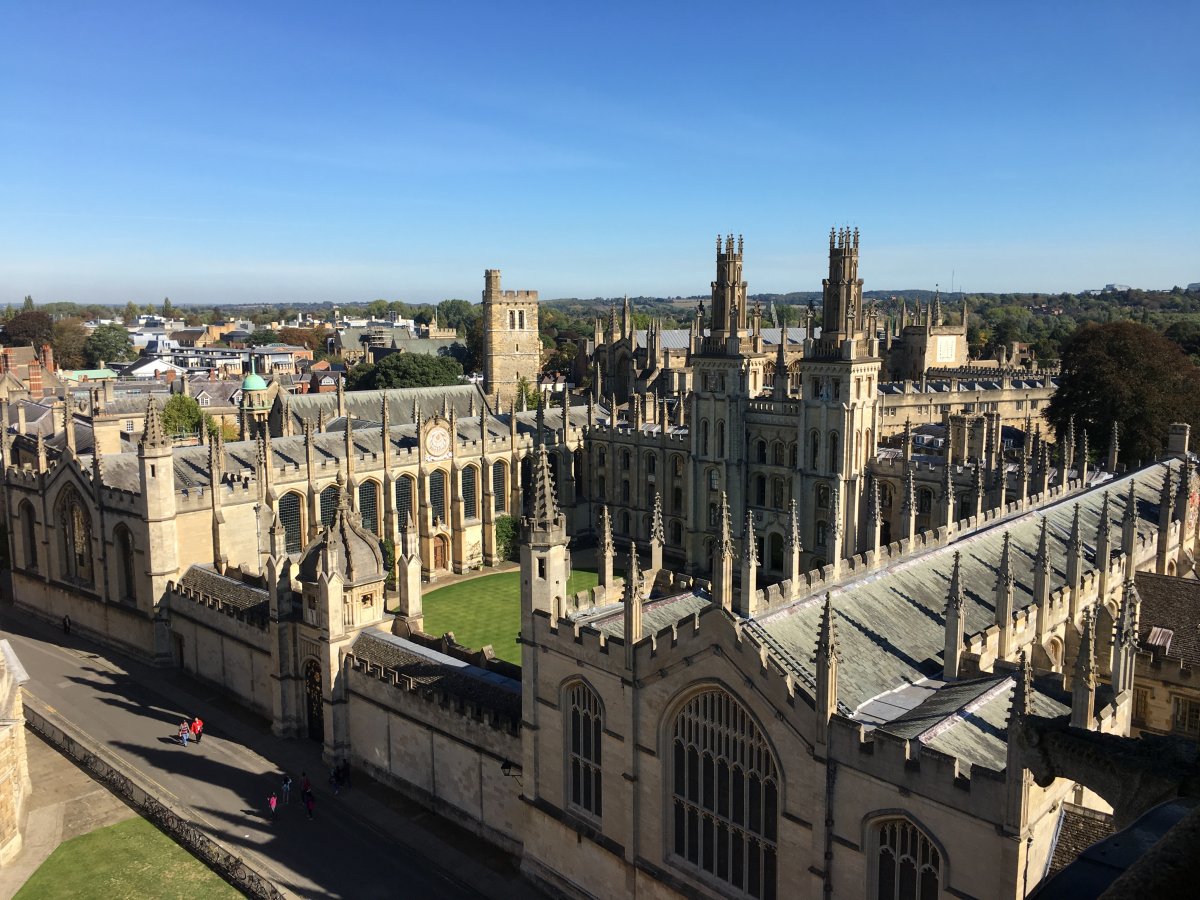
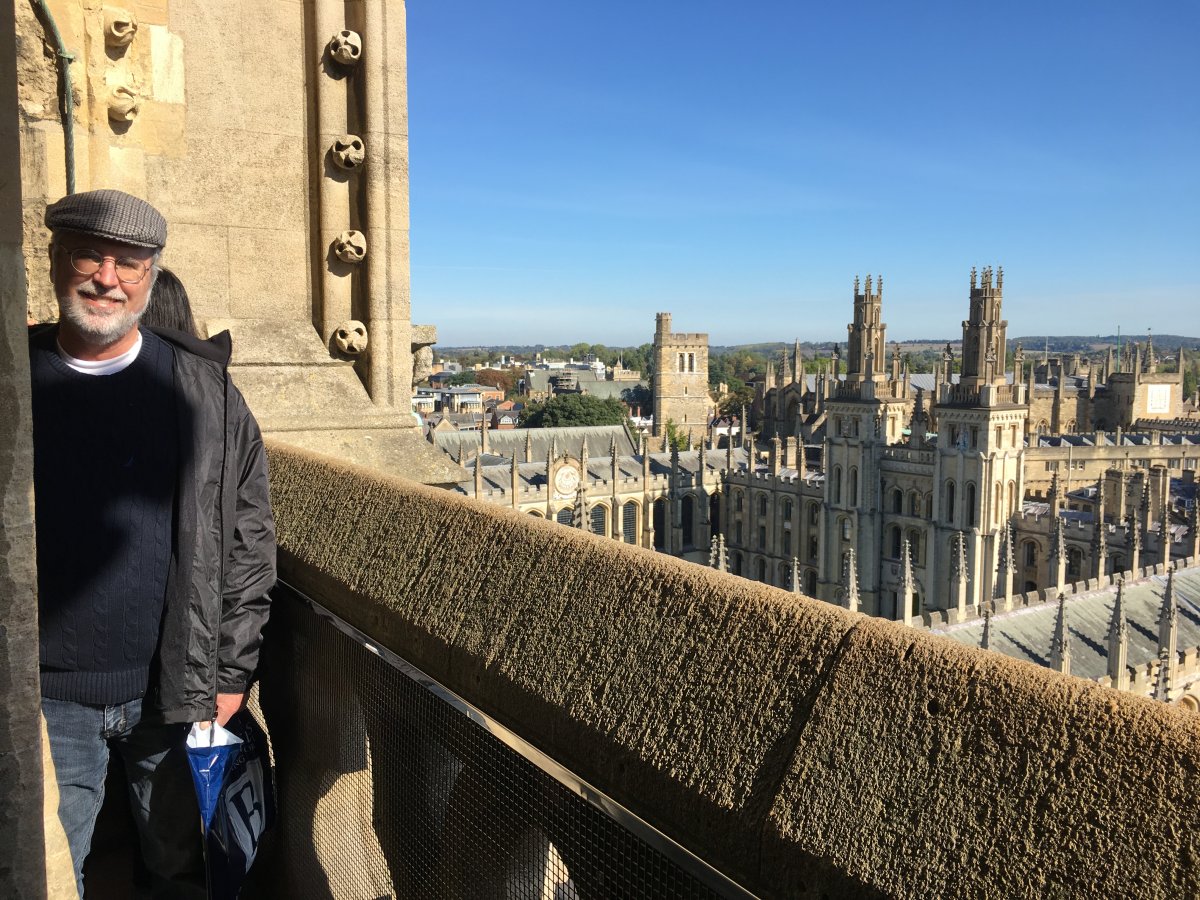
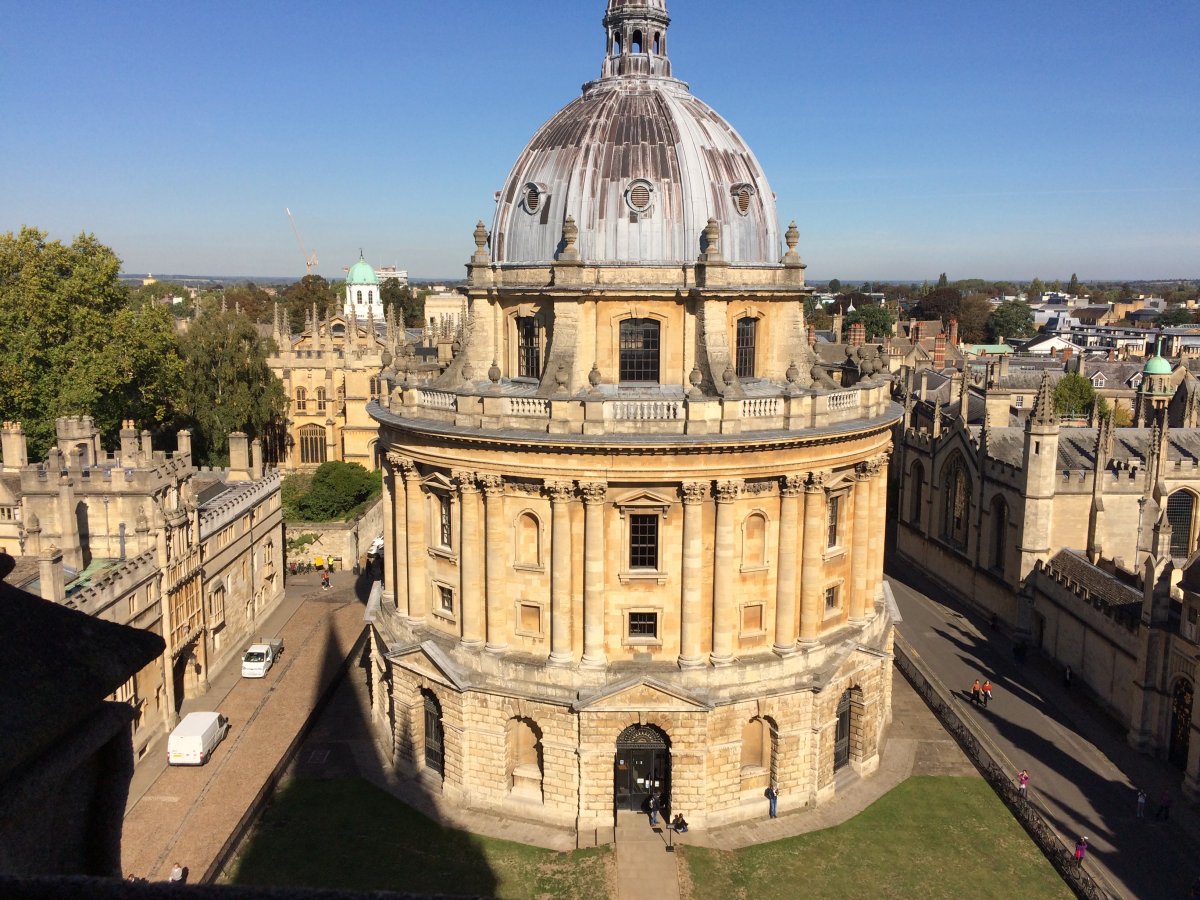

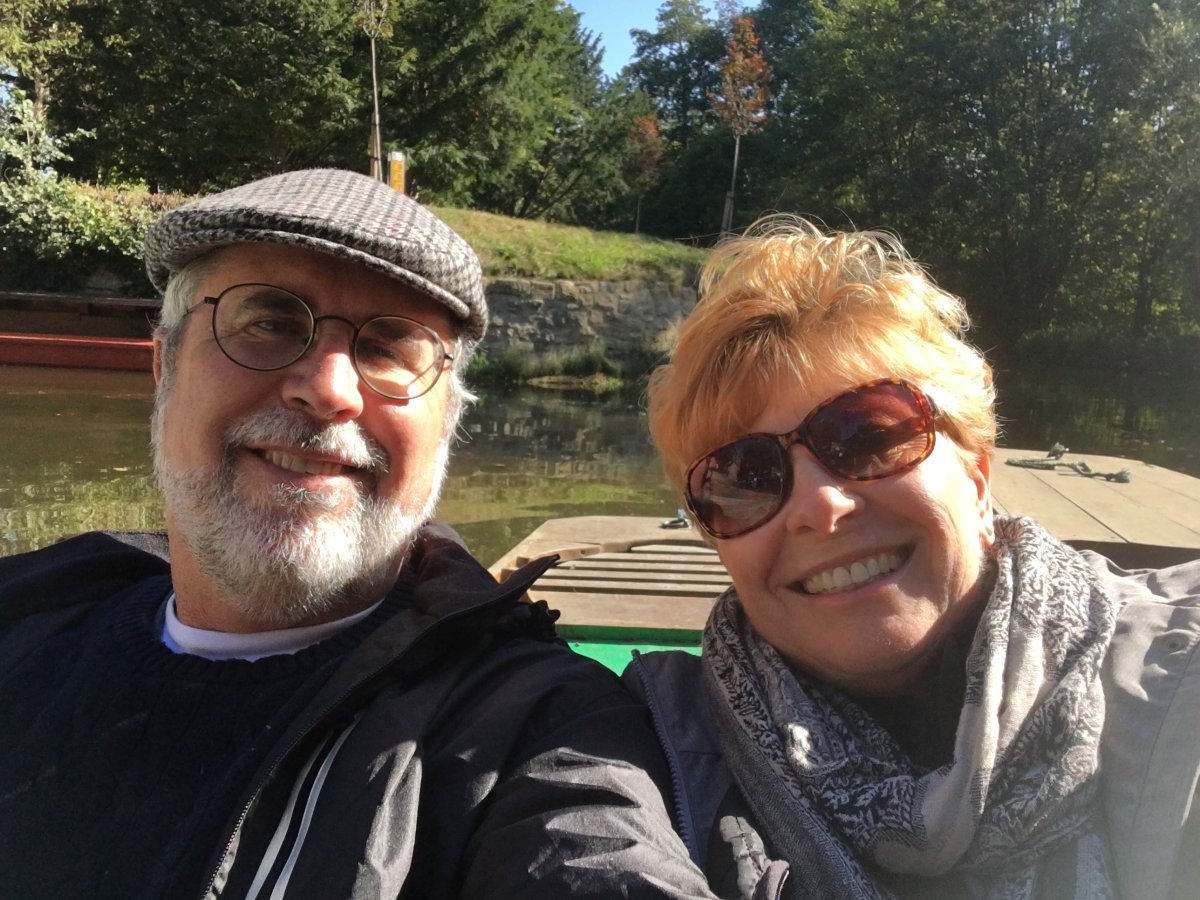
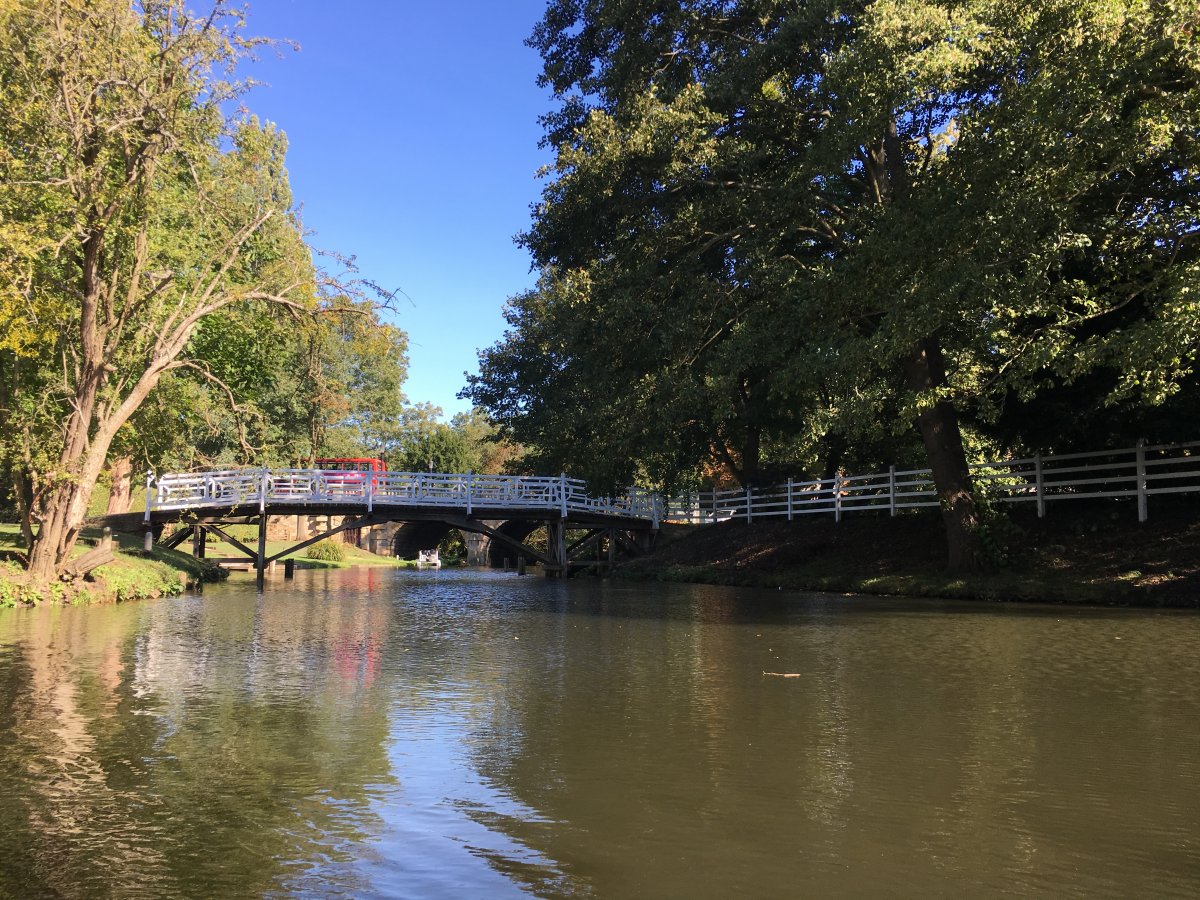
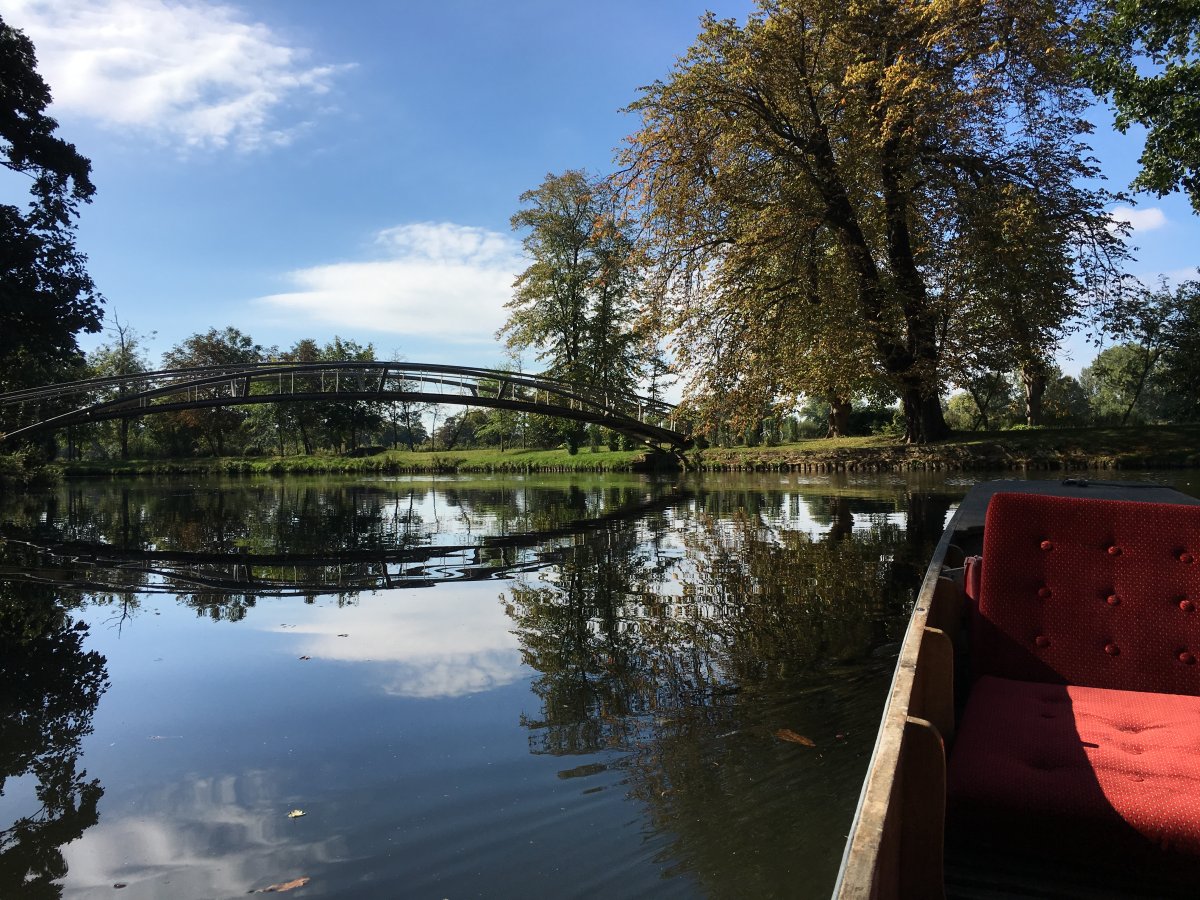


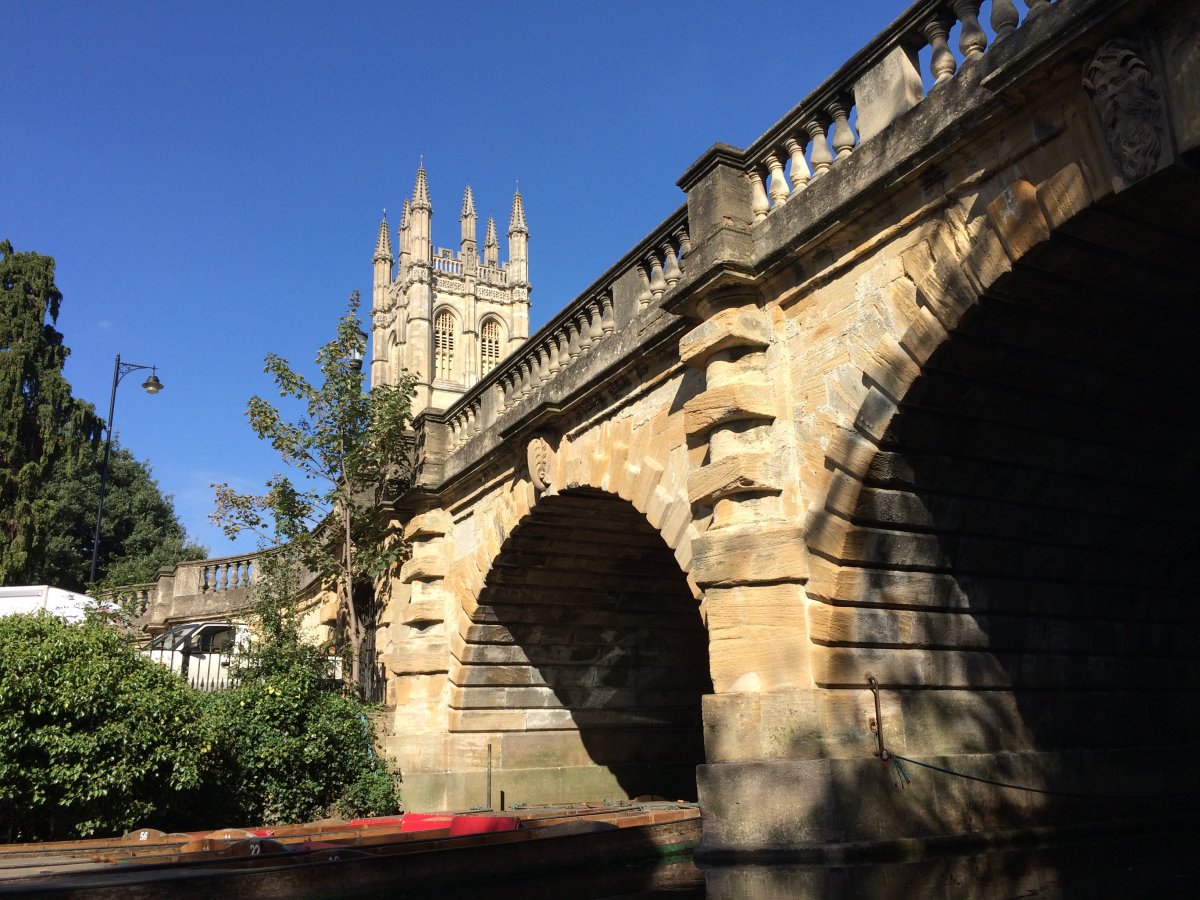
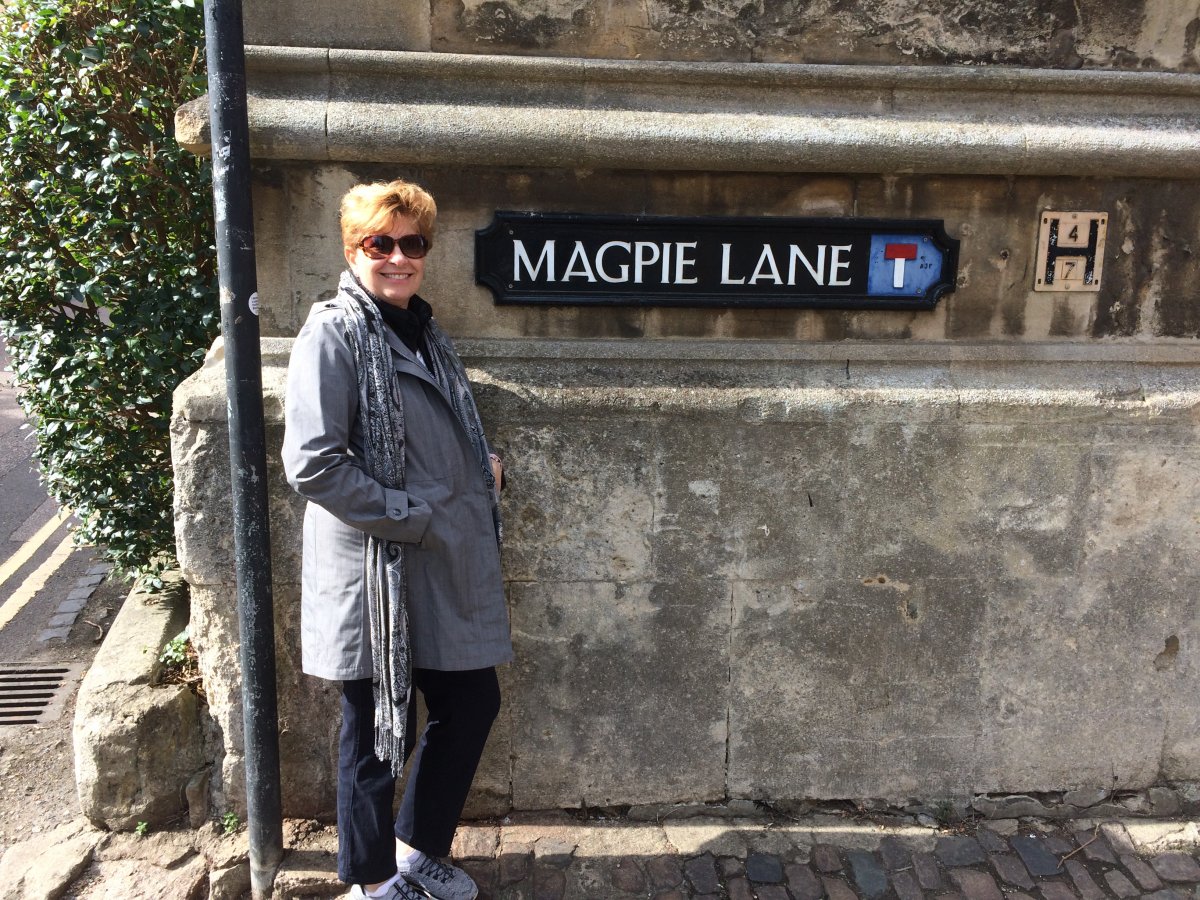
Outside the famous Christ Church college. Is it famous because 13 prime ministers, William Penn (founder of Pennsylvania), John Wesley, John Locke (English philosopher), and Lewis Carroll (author of Alice in Wonderland) are alums? No, it's because scenes in the Harry Potter movies were filmed here. It was about lunchtime so we didn't have a chance to go inside and see it.
Christ Church College was founded by Henry VIII's chancellor, Cardinal Thomas Wolsey, in 1524 on the site of an abbey dissolved by the king.
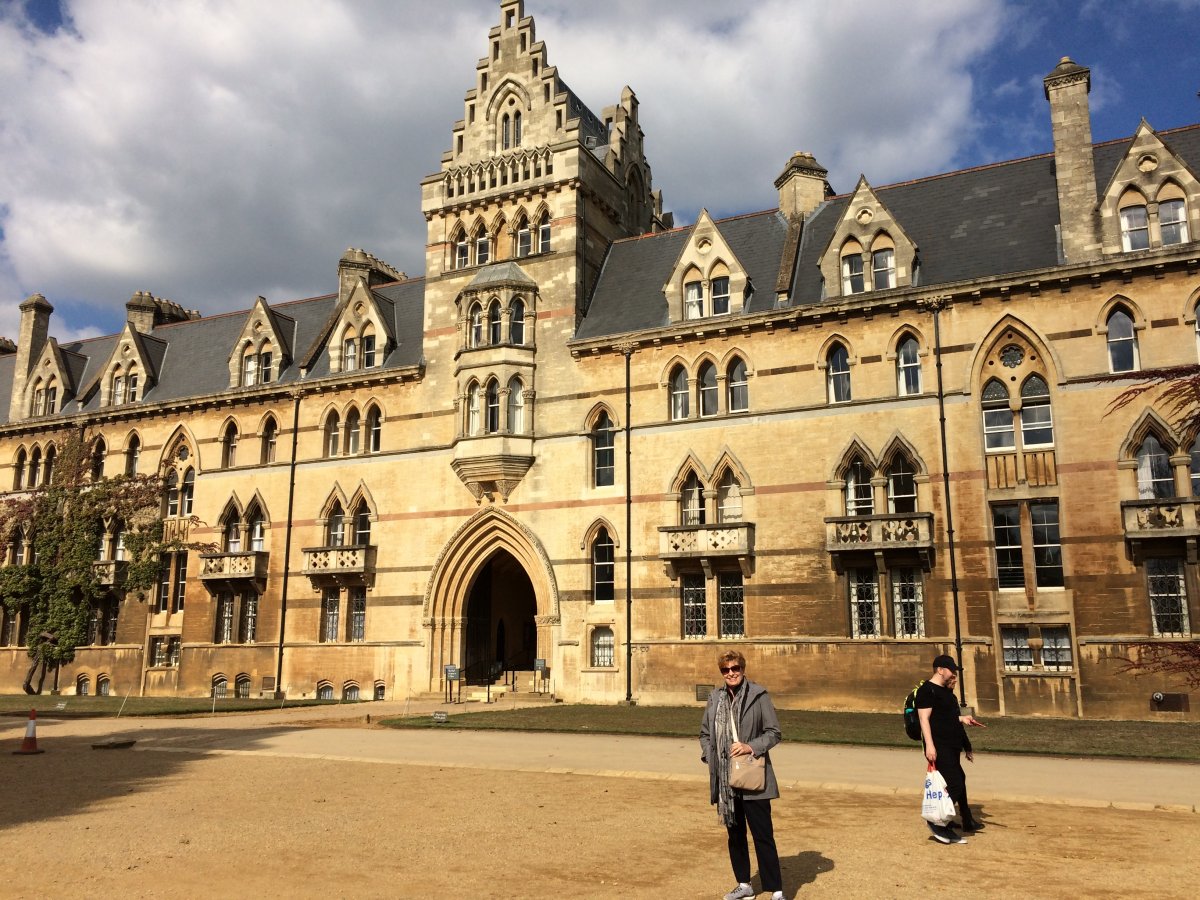
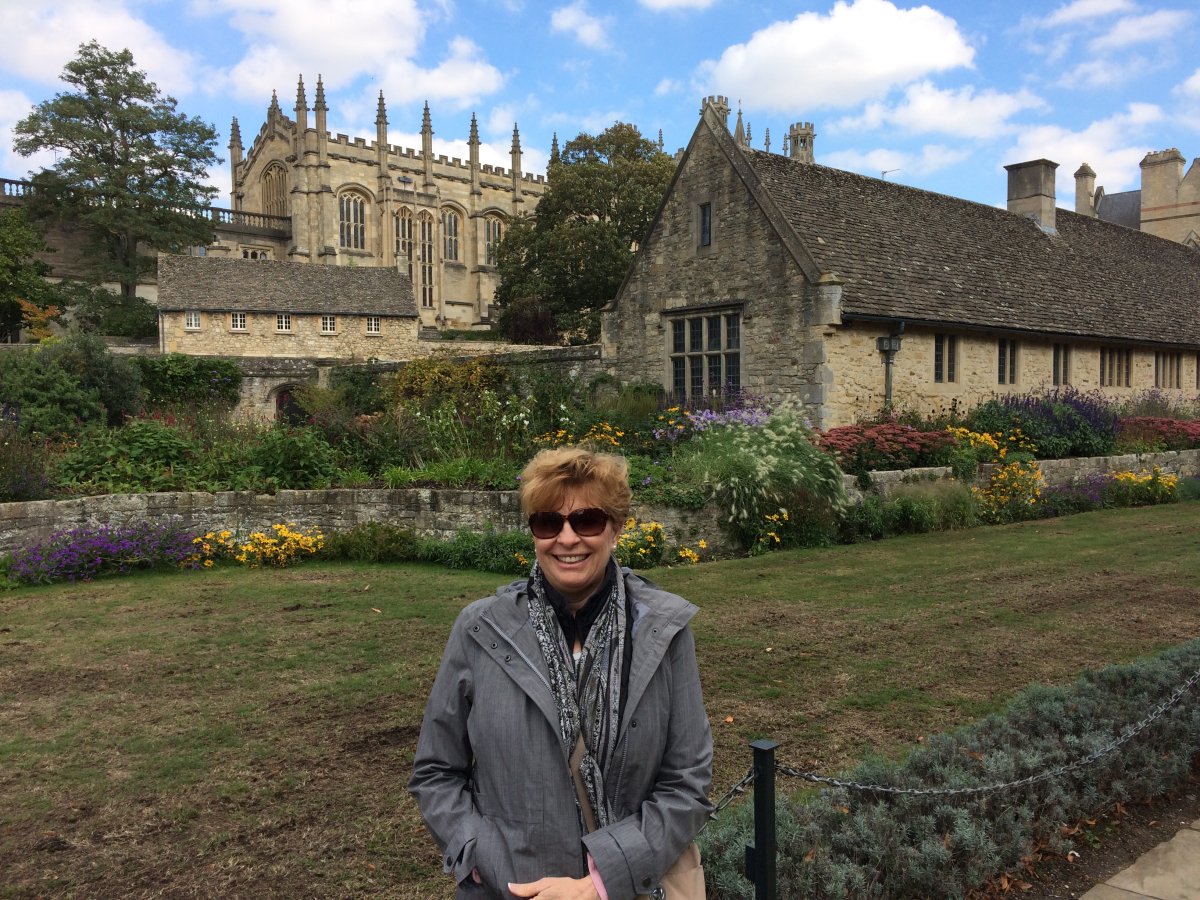
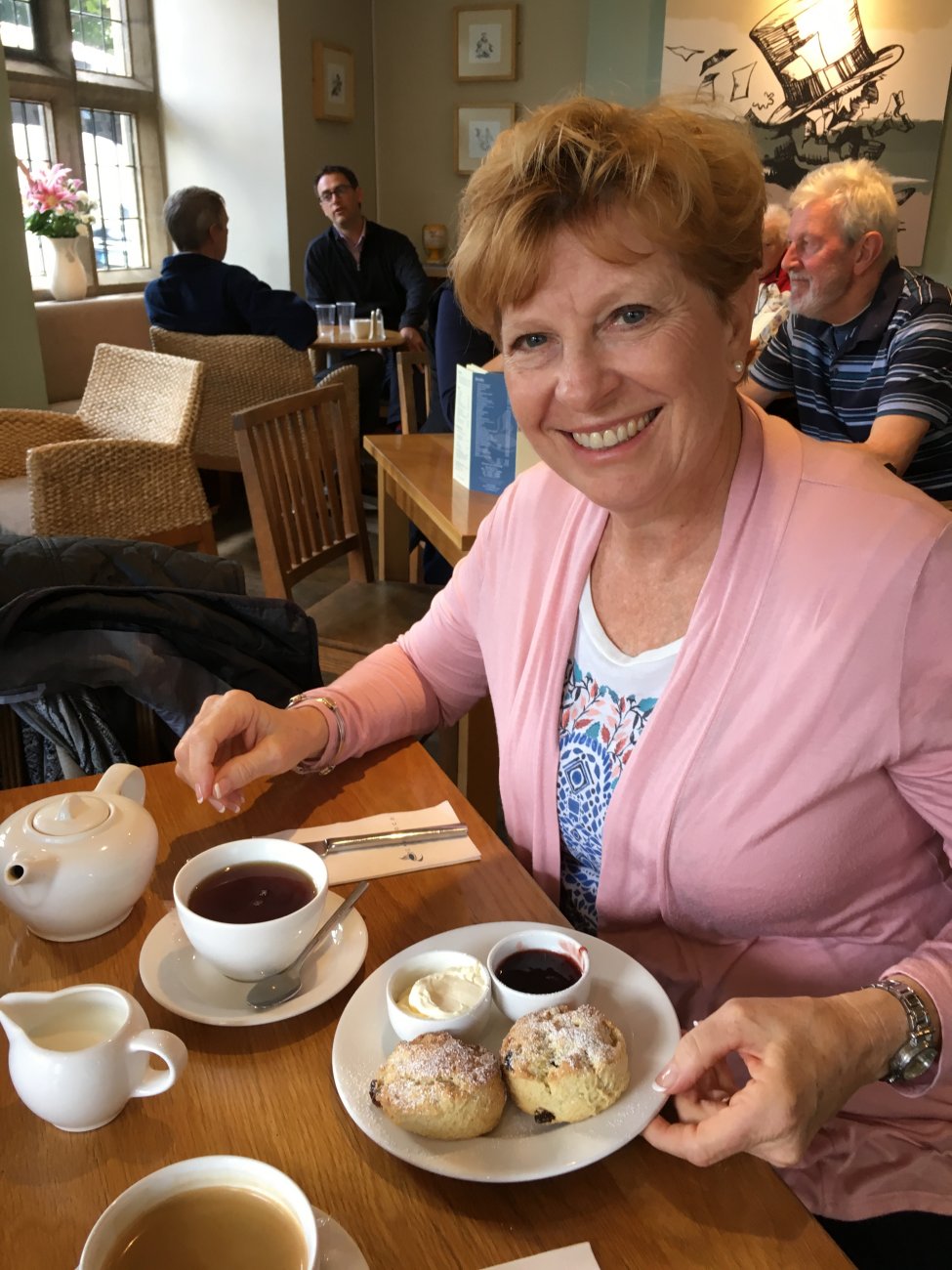
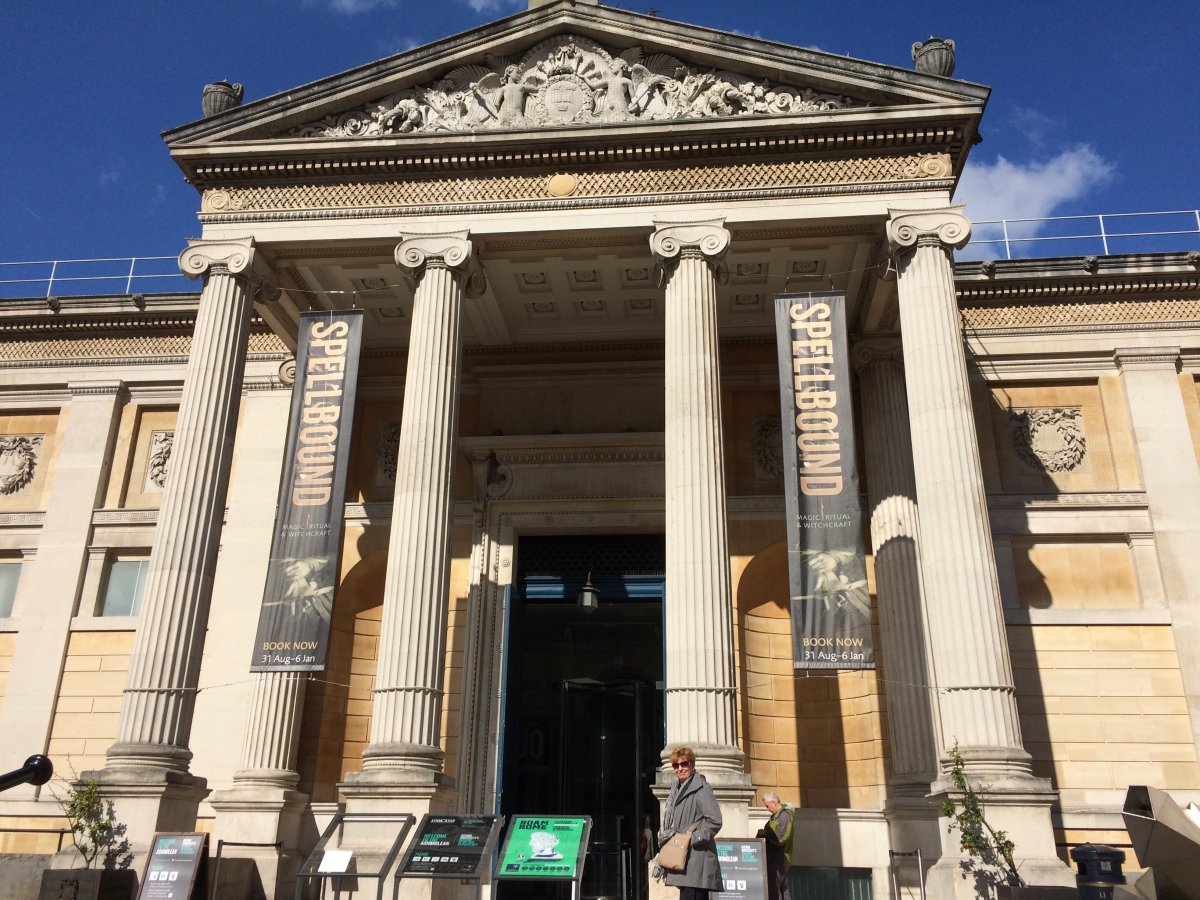
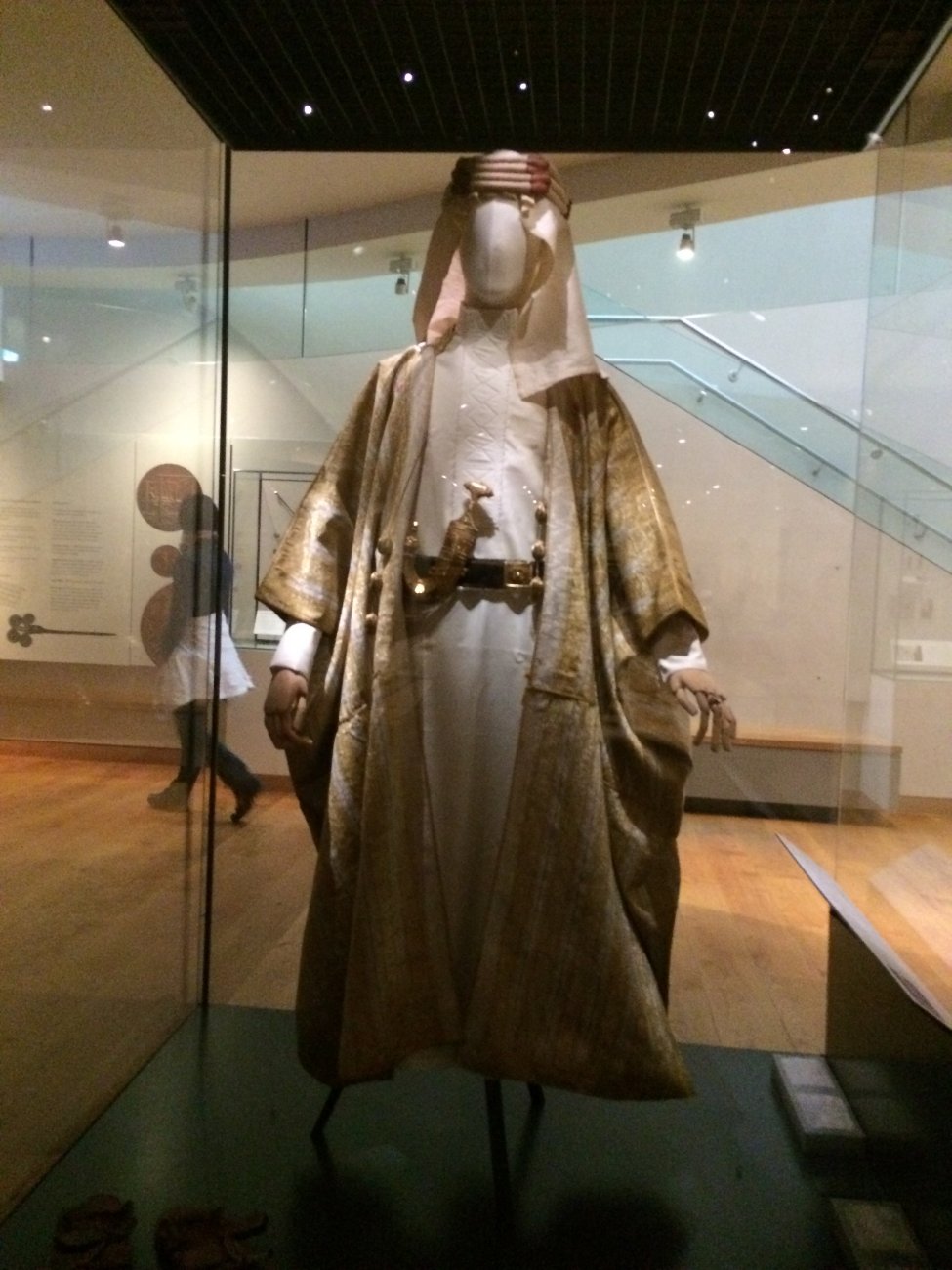
This artifact blew me away. From the placard: This remarkable object is the most important surviving artifact from the first period of contact between indigenous North American peoples and British colonists of Virginia in the early 1600s.
It is the actual ceremonial mantle (robe, cloak?) worn by Wahunsenacawh, who was the paramount Powhatan chief in eastern Virginia at the time of the Jamestown Colony, founded in 1607. It consists of hides from four white-tailed deer. The decorative work is with shells.

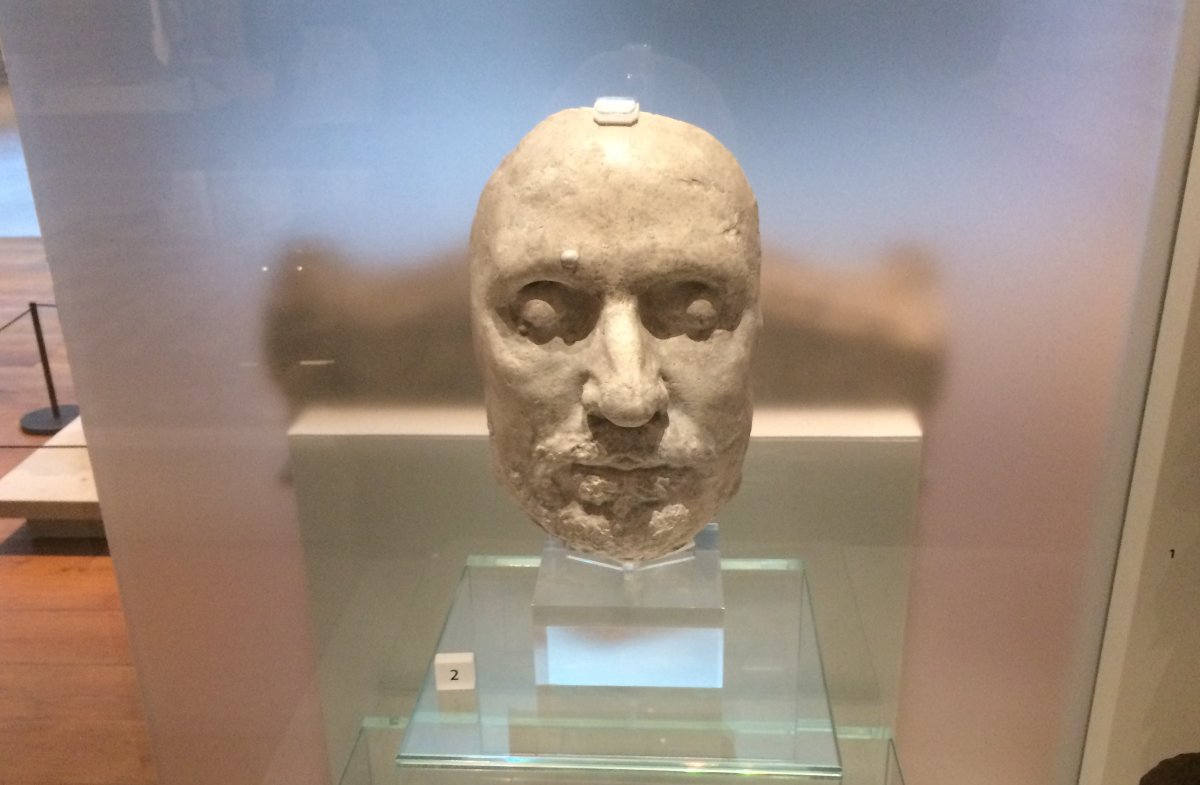
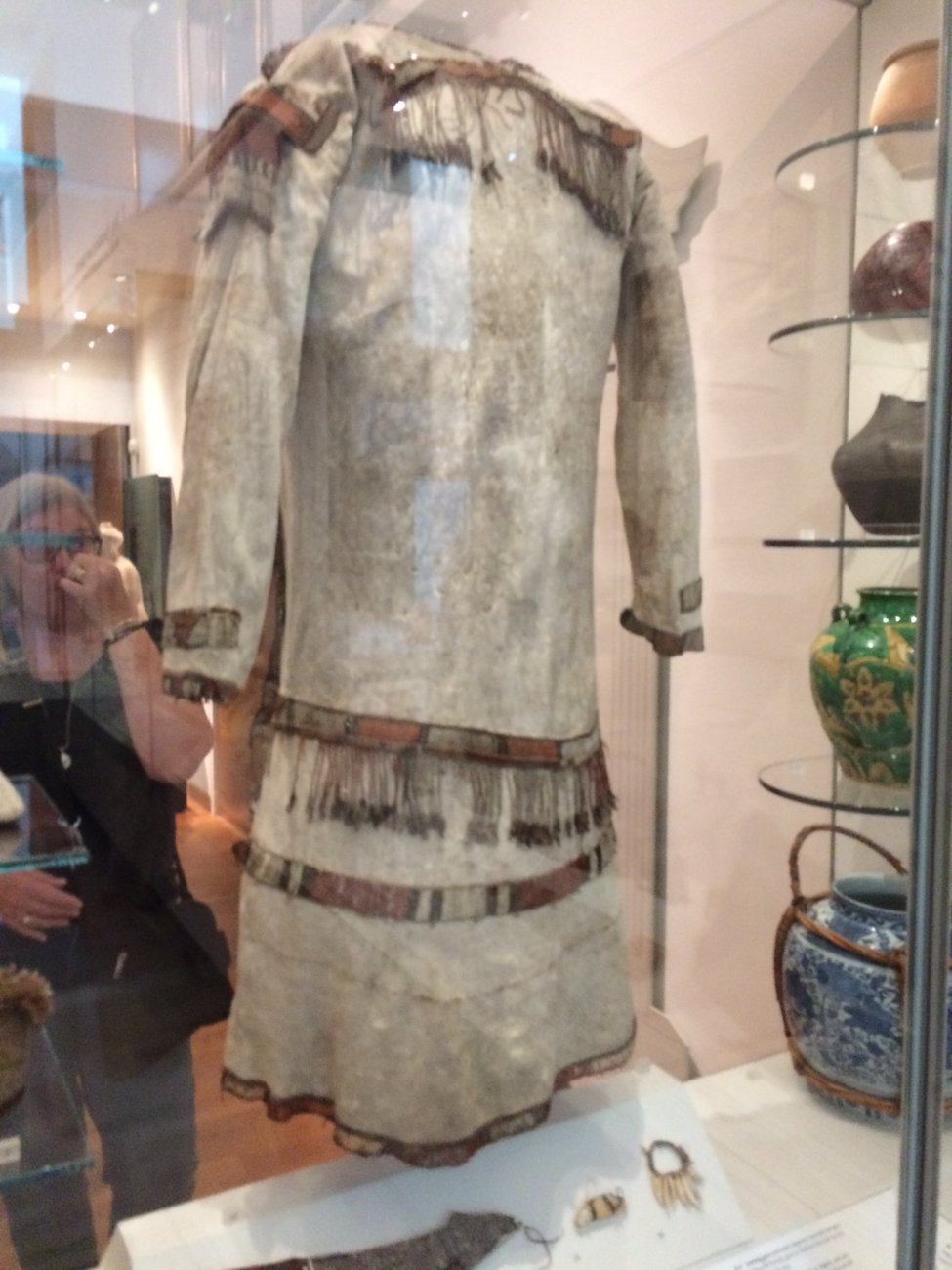
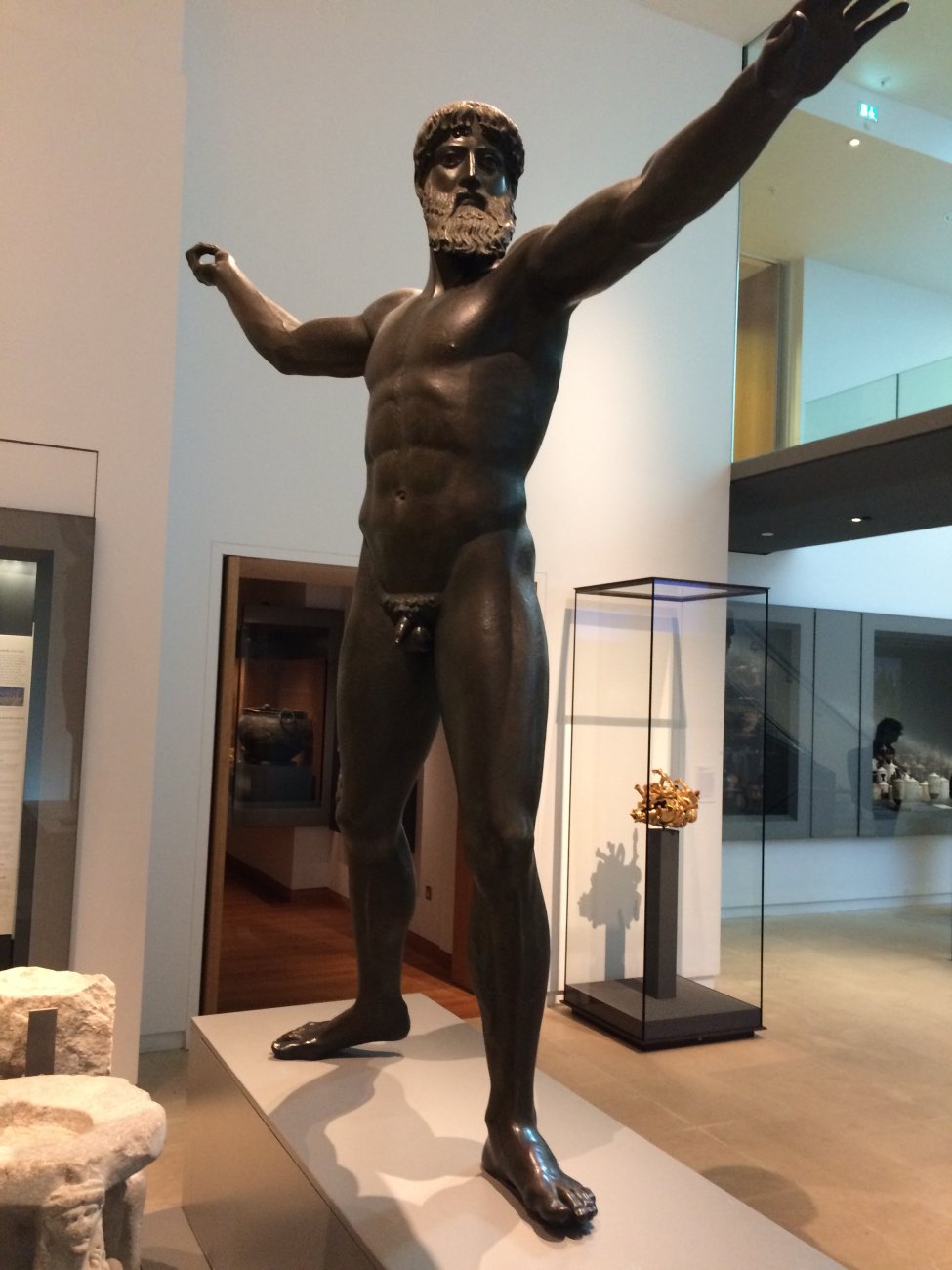
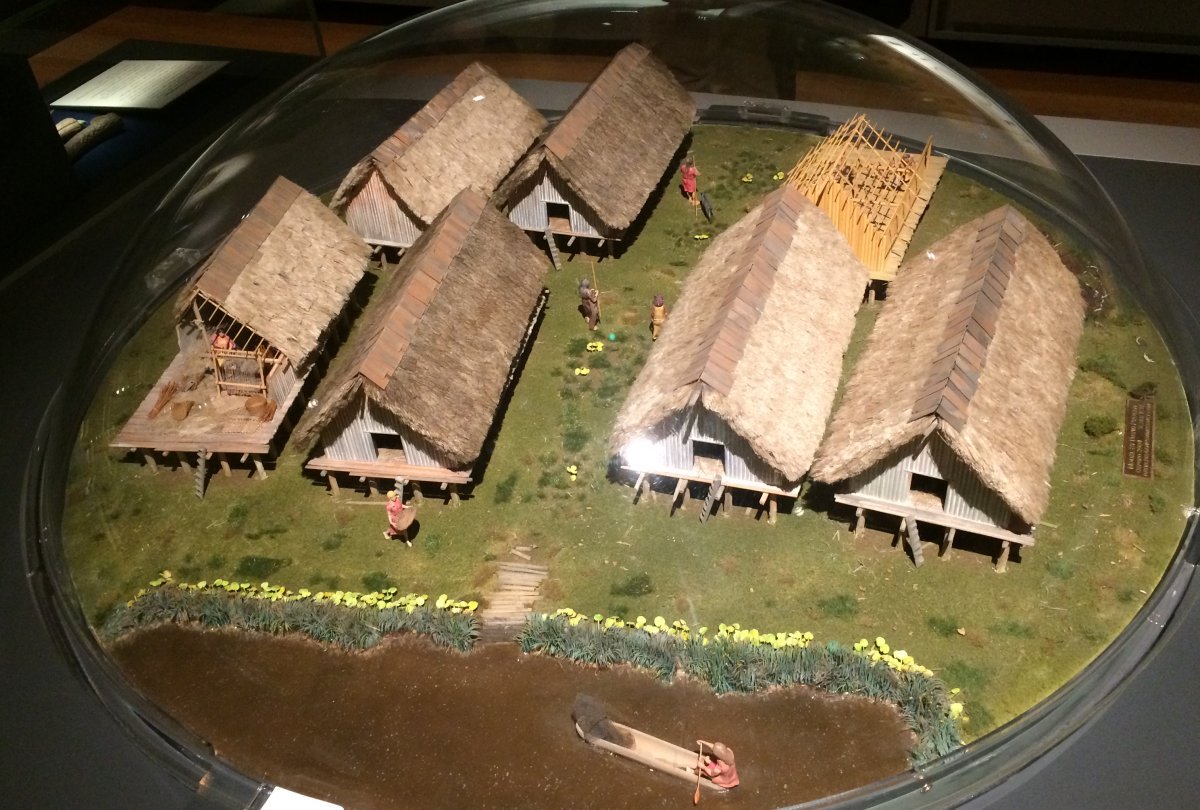
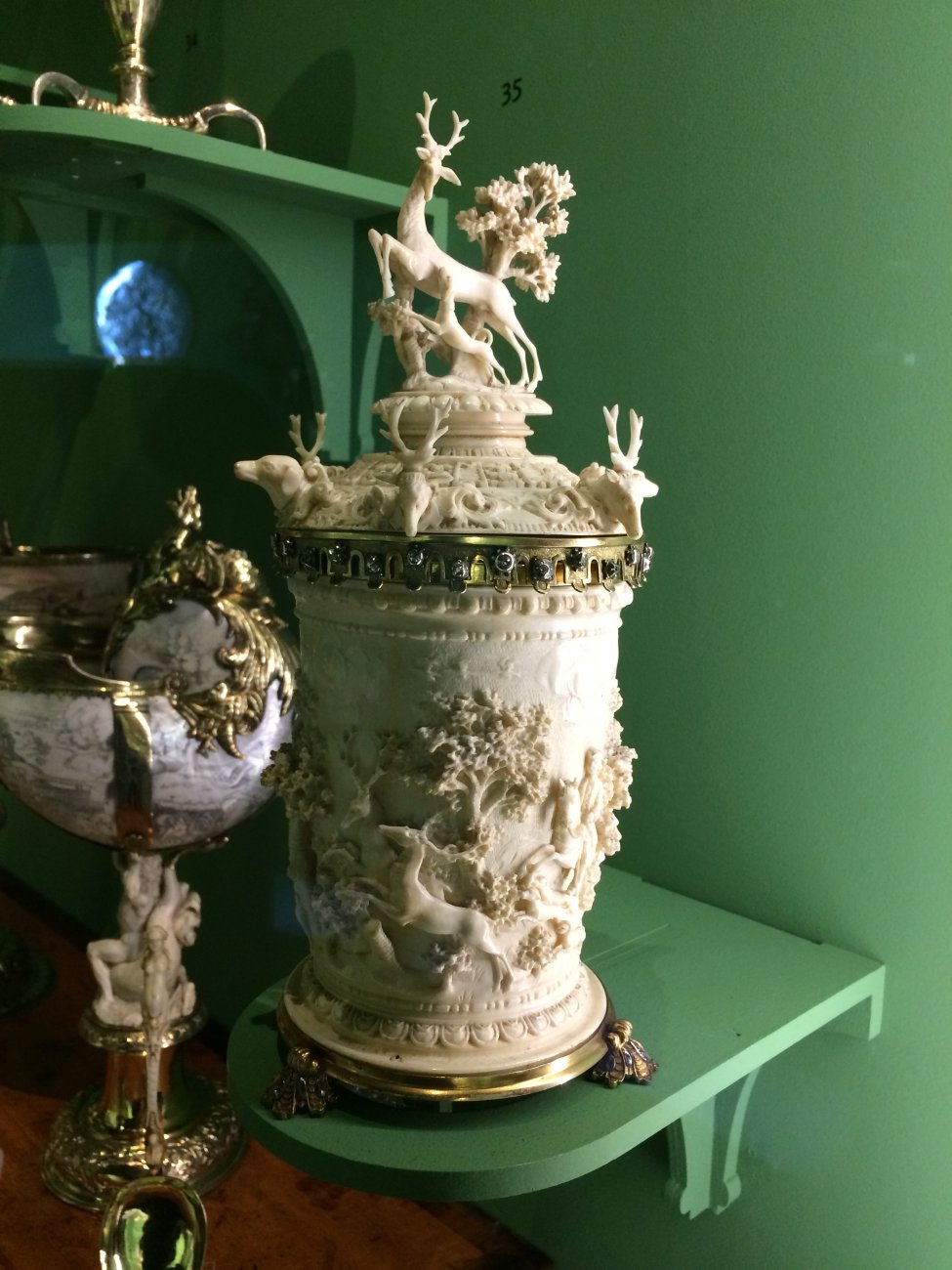
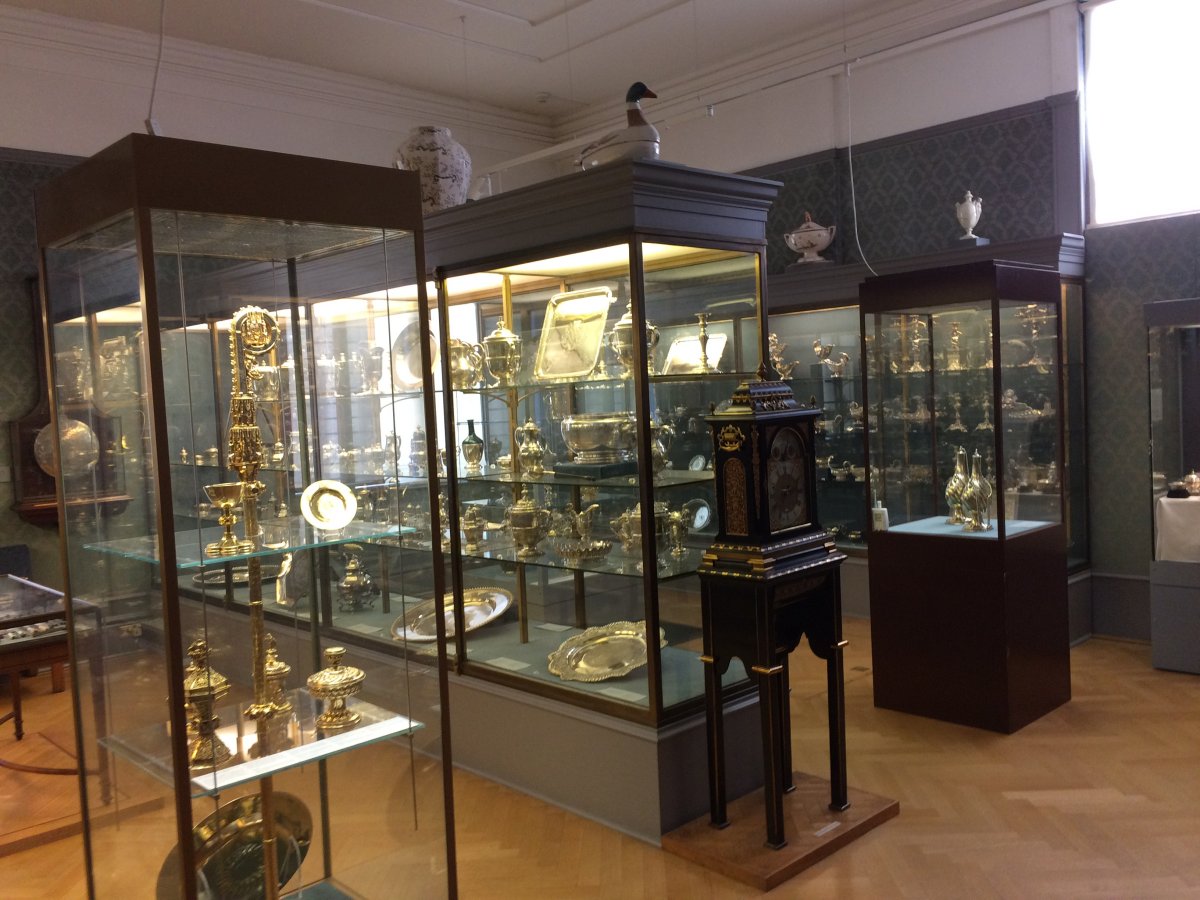
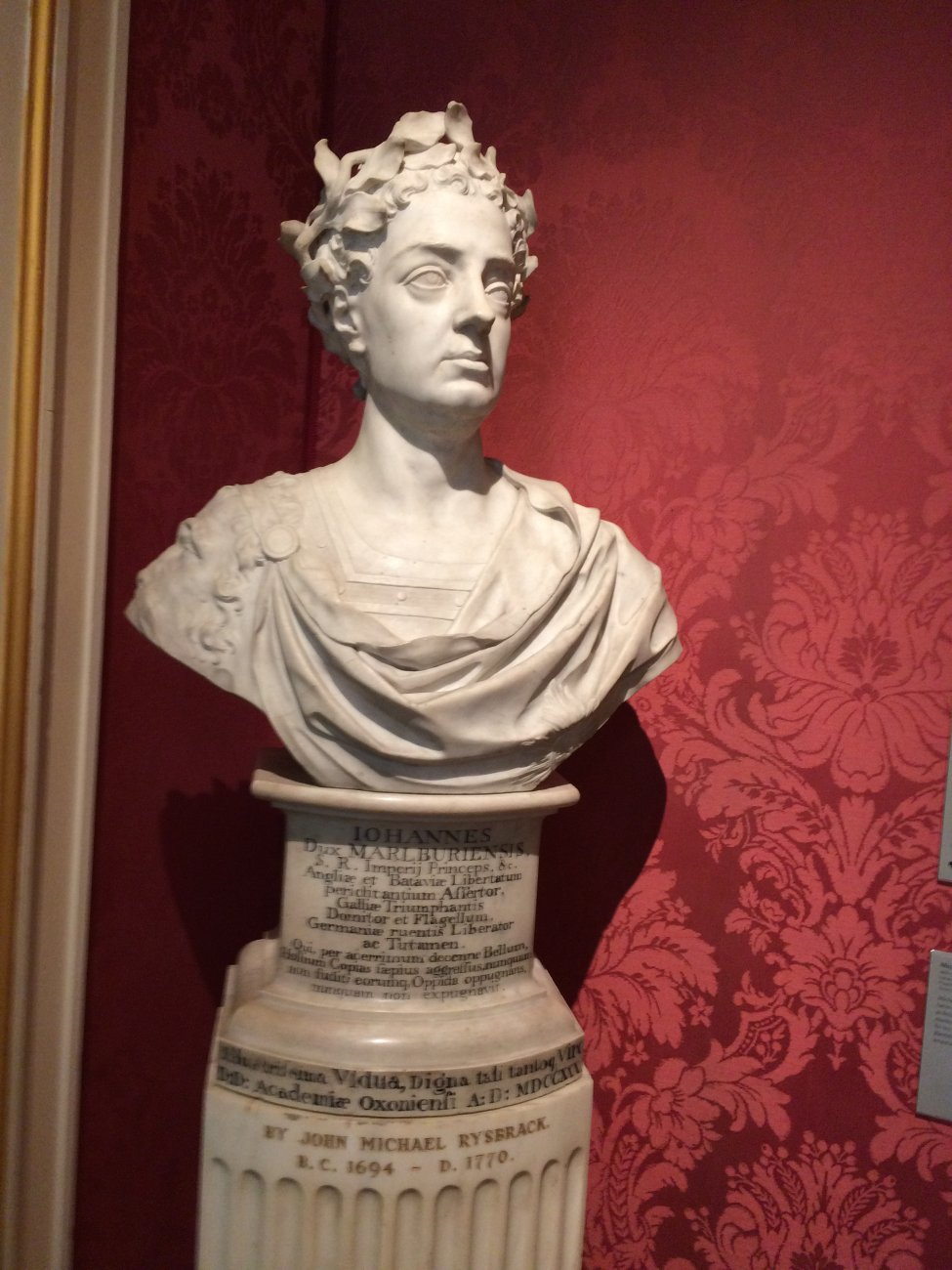
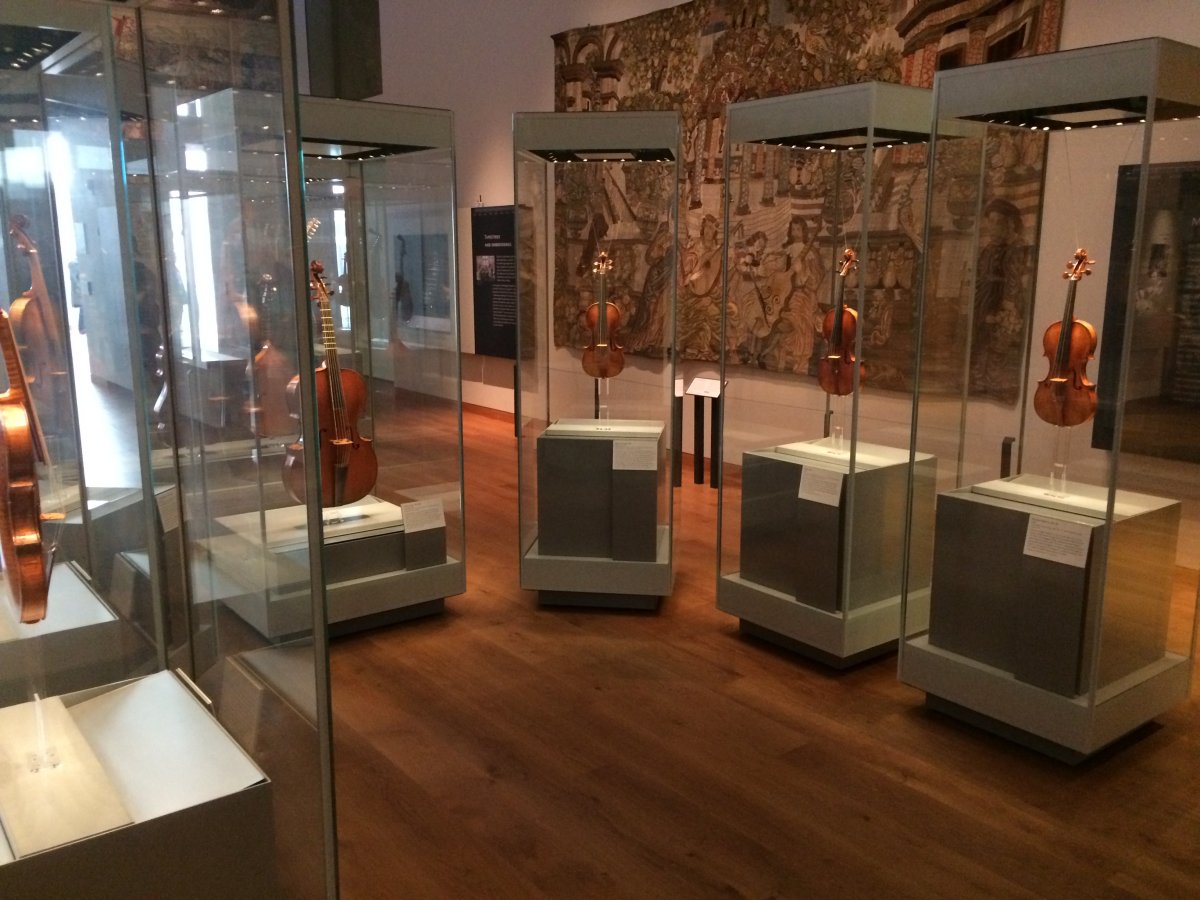
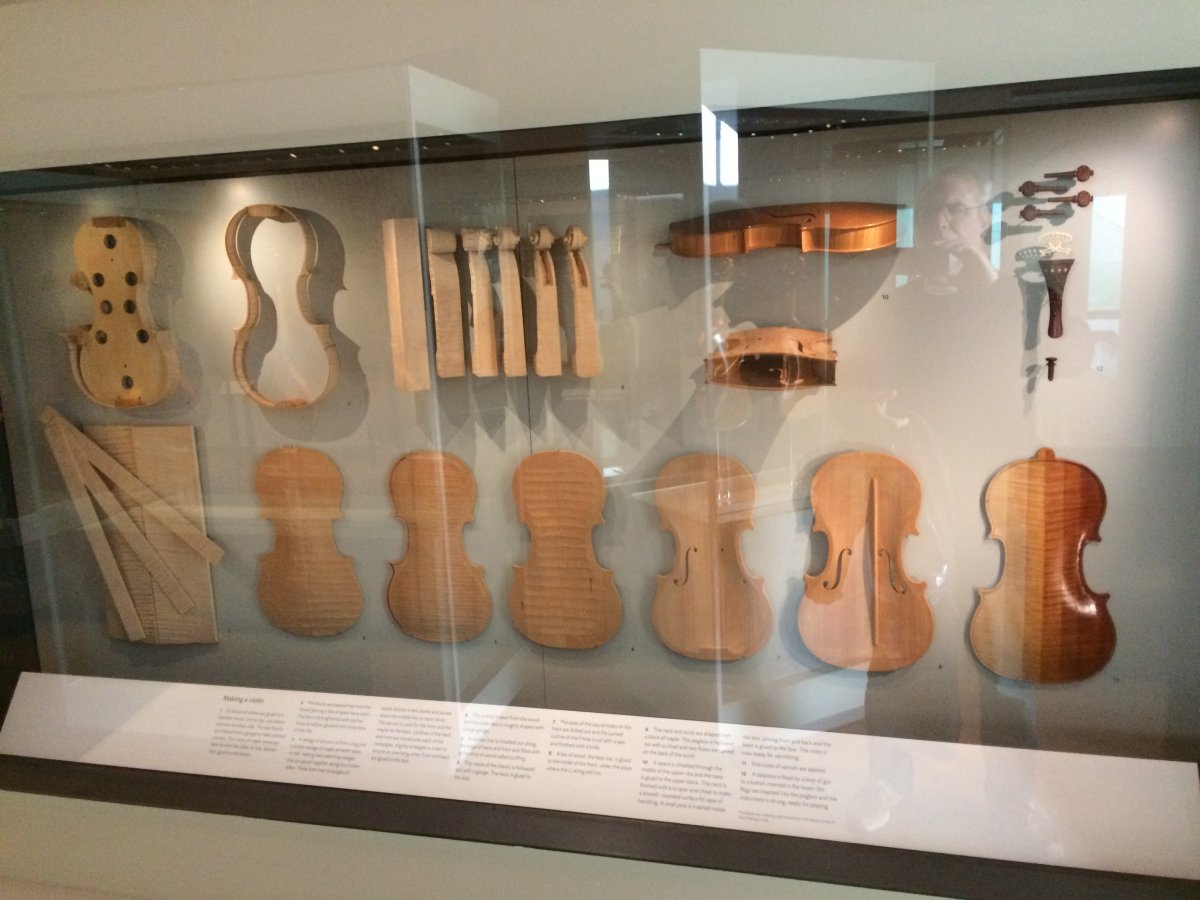
This is one of the famous Stradivarious violins. The best ever made in world history. "The instruments made by Antonio Stradivari (1644- 1737) produce an ideal range and quality of sounds. Modern violins differ very little from those made by Stradavari in 1450." This is the first one I have ever seen.
Only about 650 original Stradivari instruments (harps, guitars, violas, cellos, violins) survive.
A Stradivarius made in the 1680s, or during Stradivari's "Long Pattern" period from 1690 to 1700, could be worth hundreds of thousands to several million U.S. dollars at today's prices. The 1697 "Molitor" Stradivarius, once rumored to have belonged to Napoleon (it did belong to a general in his army, Count Gabriel Jean Joseph Molitor), sold in 2010 at Tarisio Auctions to violinist Anne Akiko Meyers for $3,600,000, at the time a world record.
